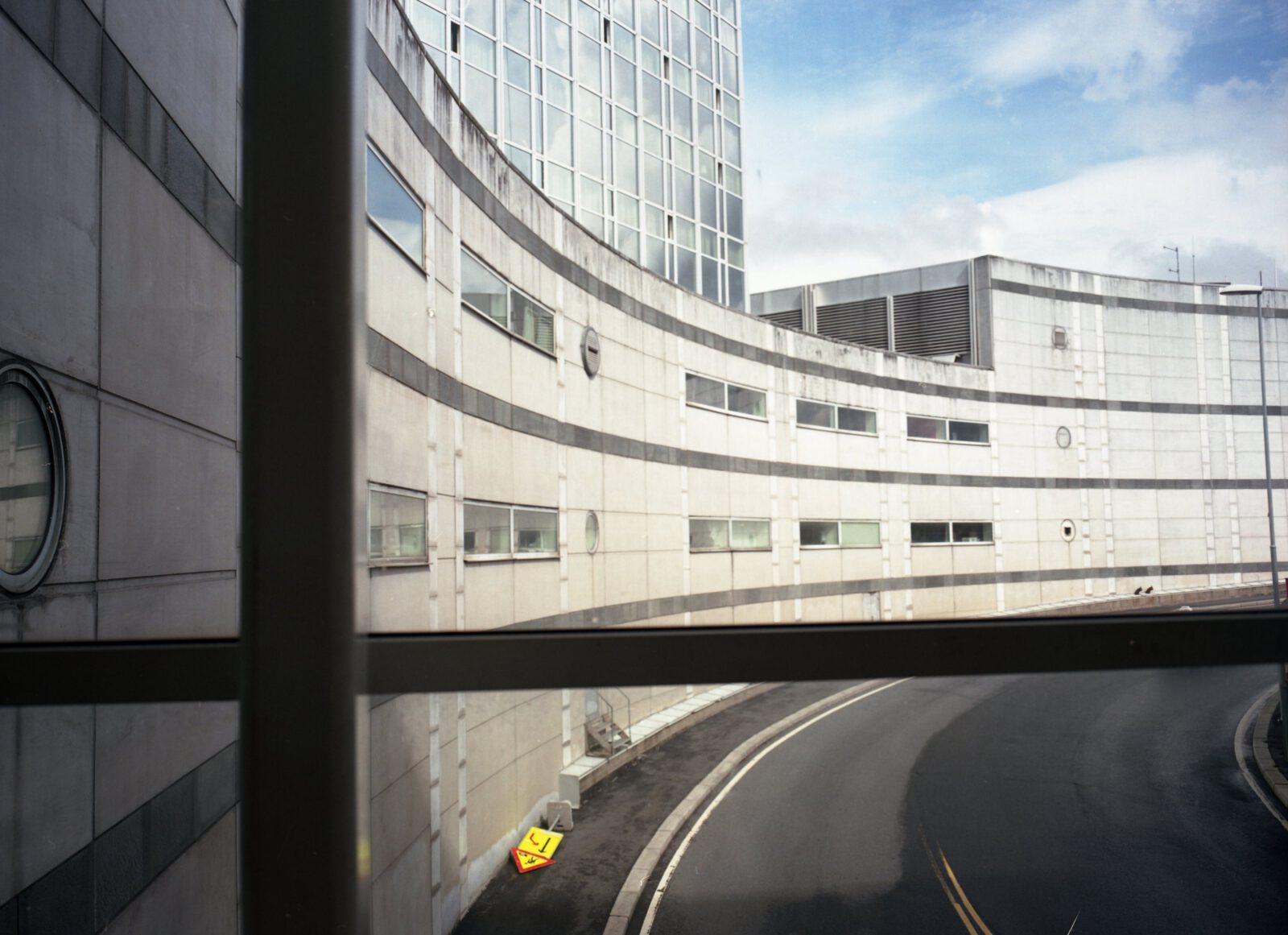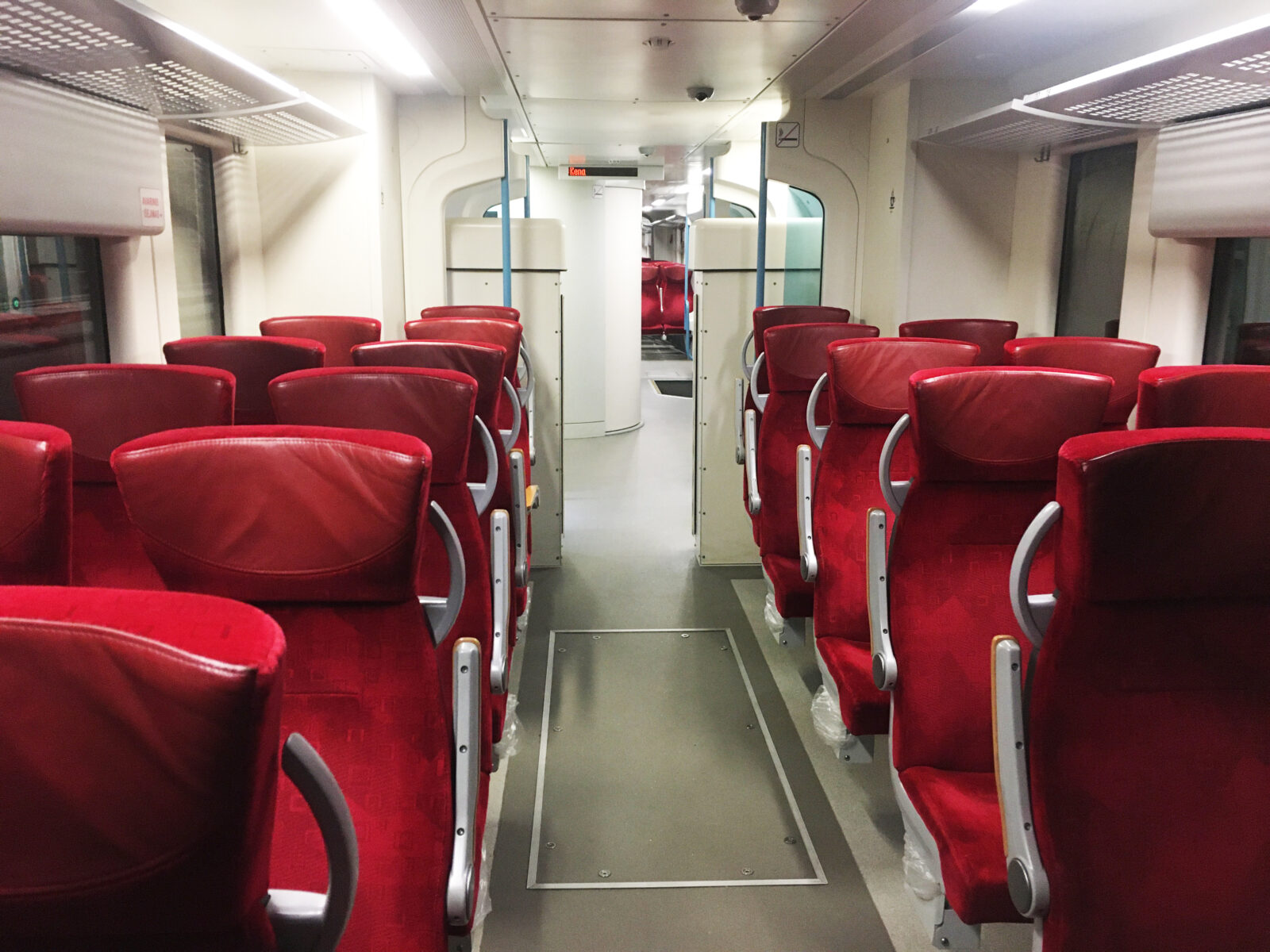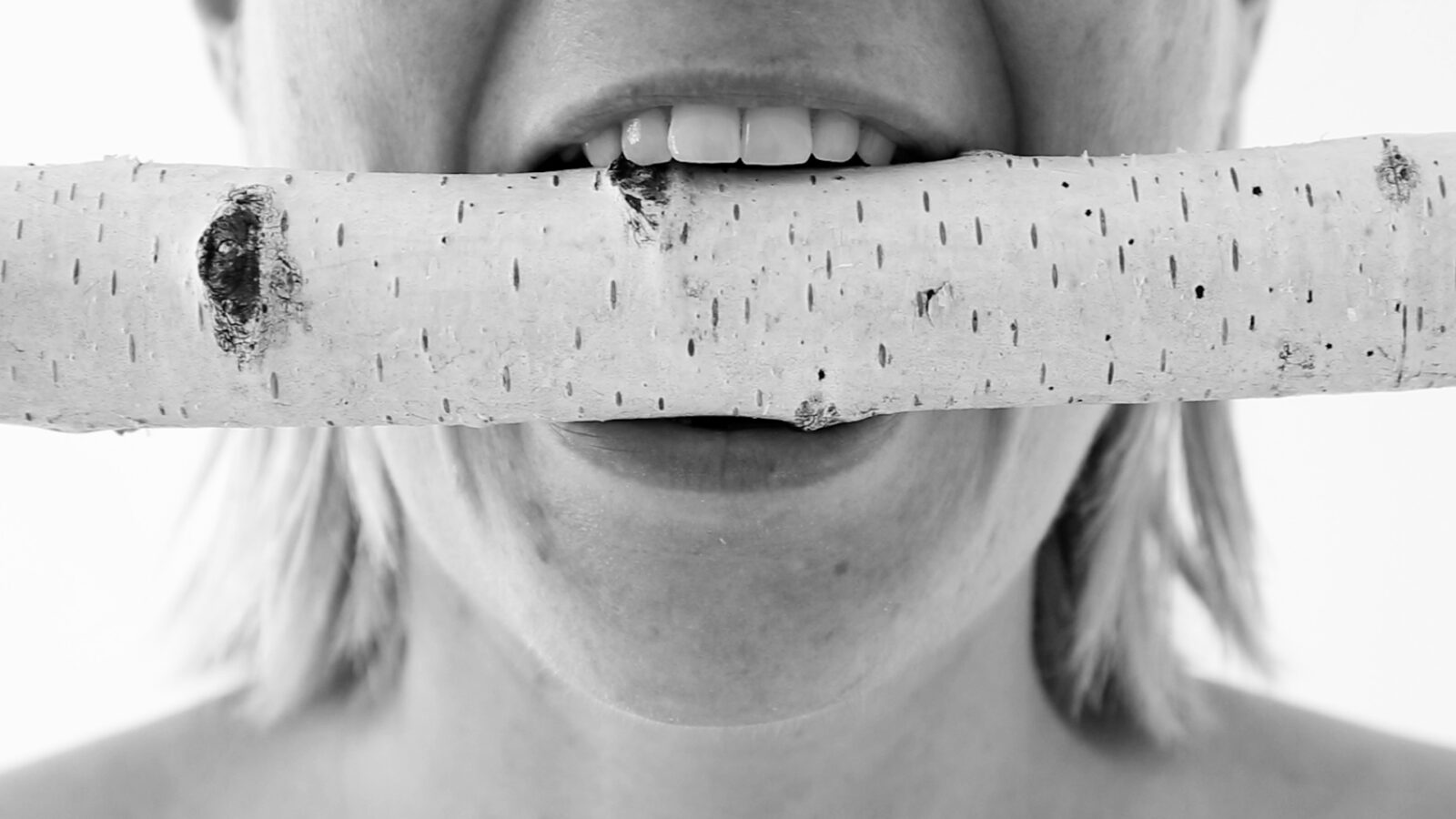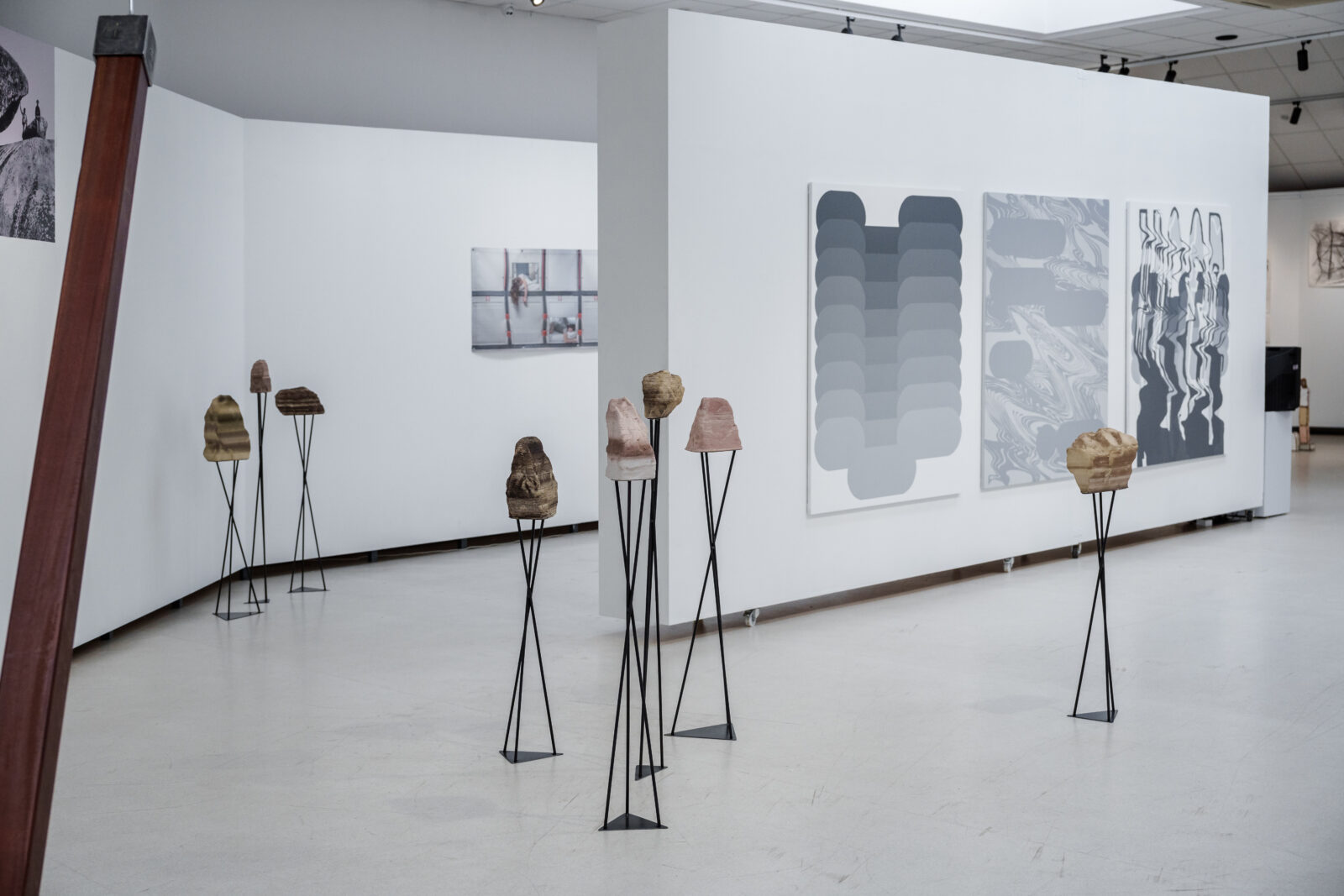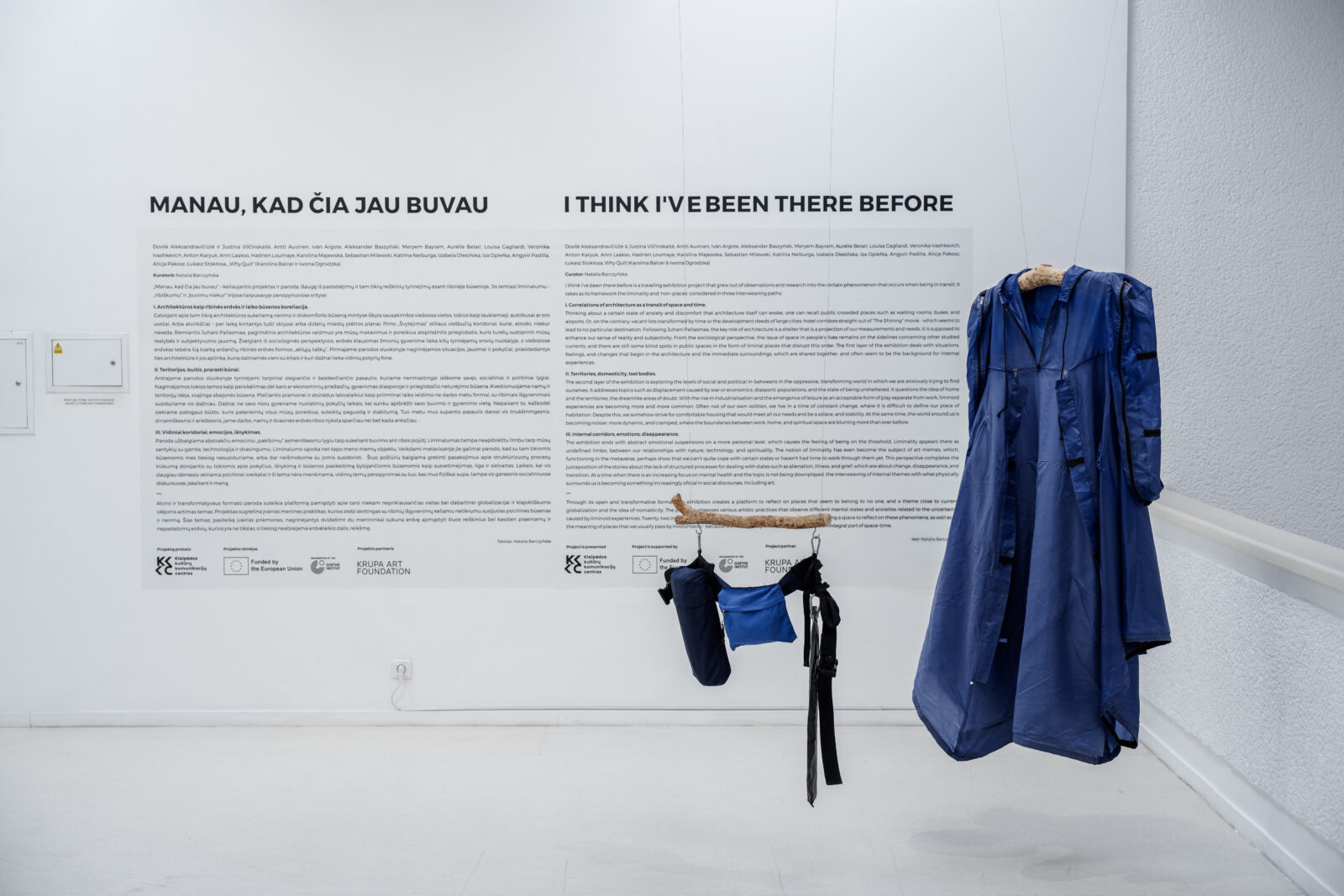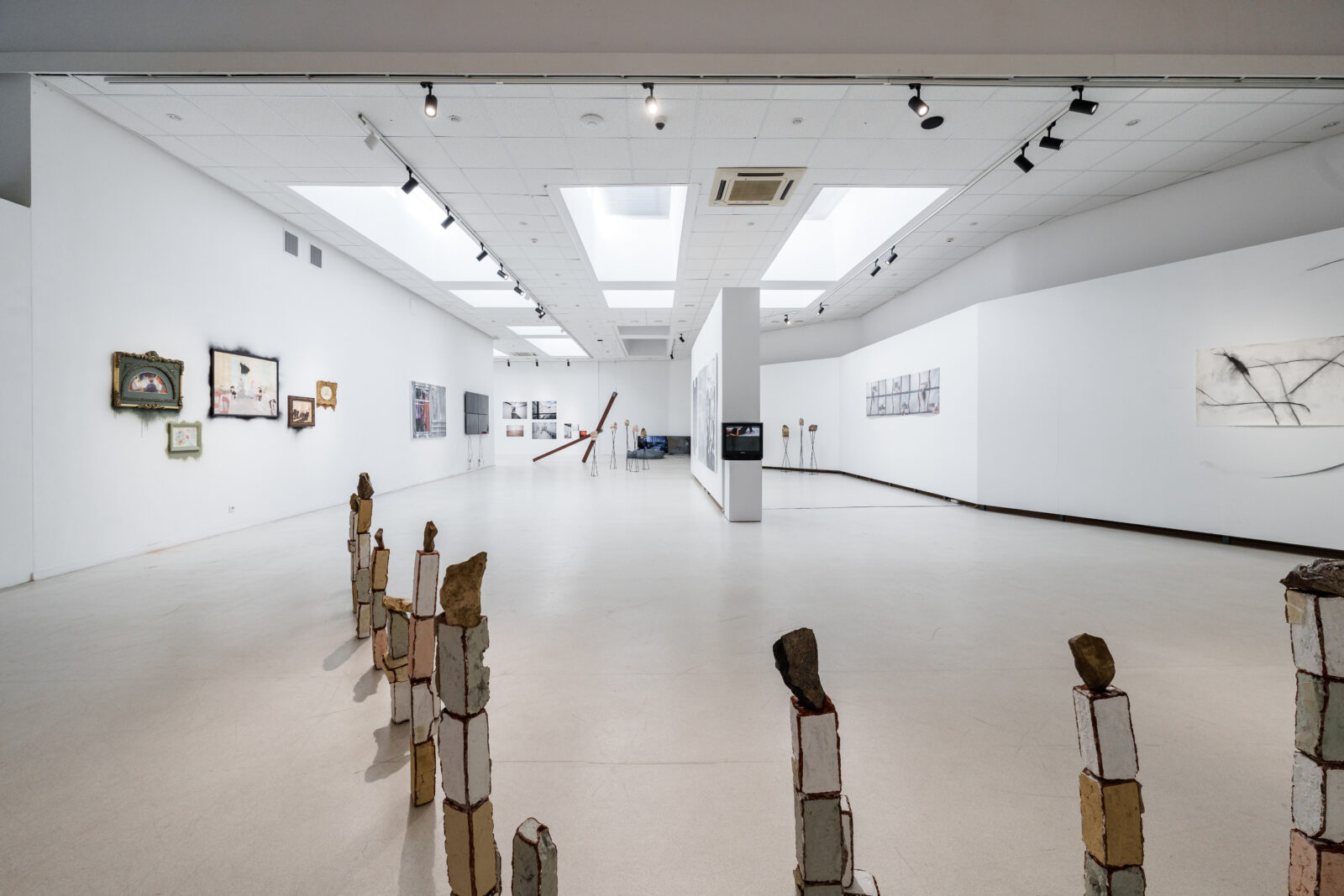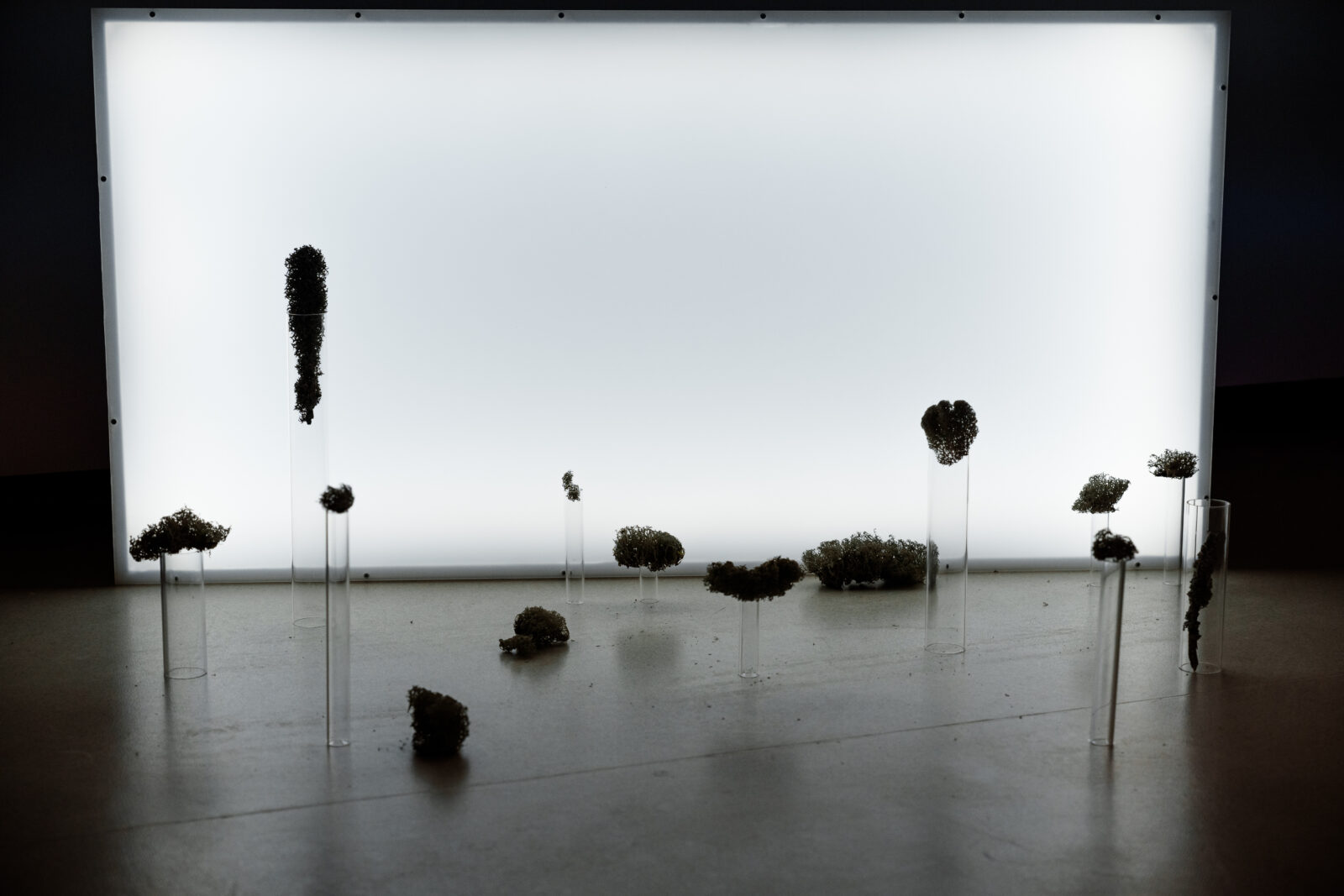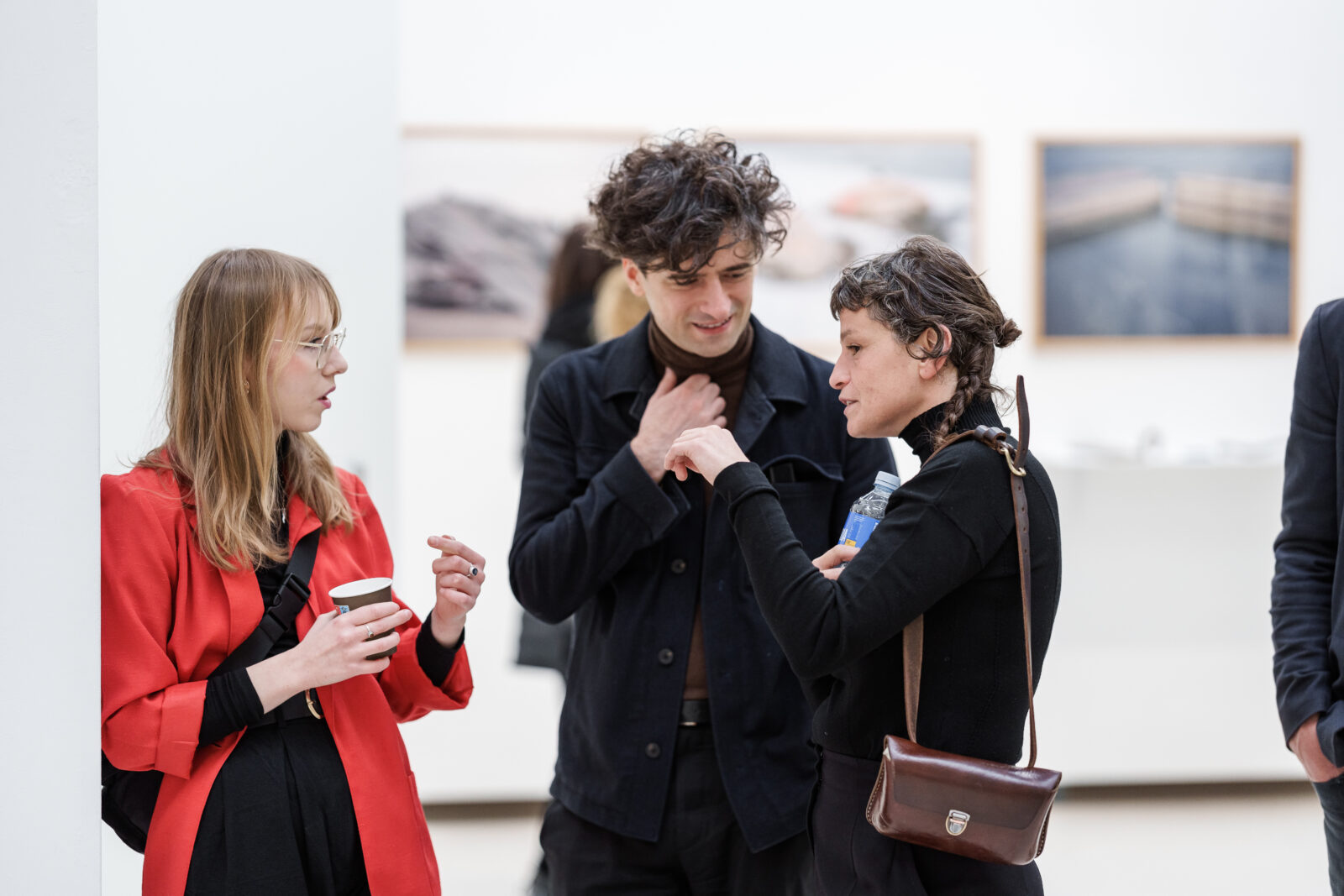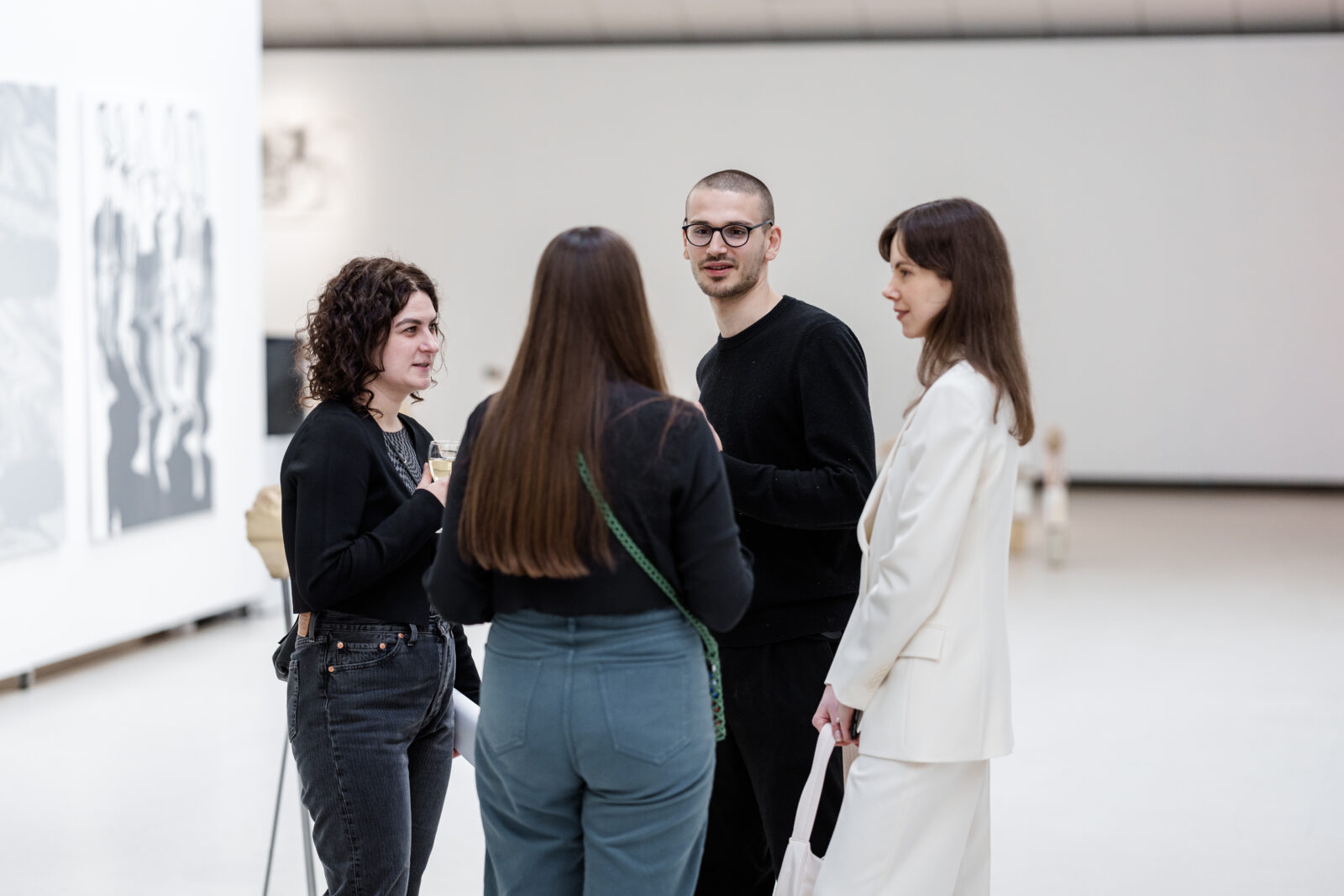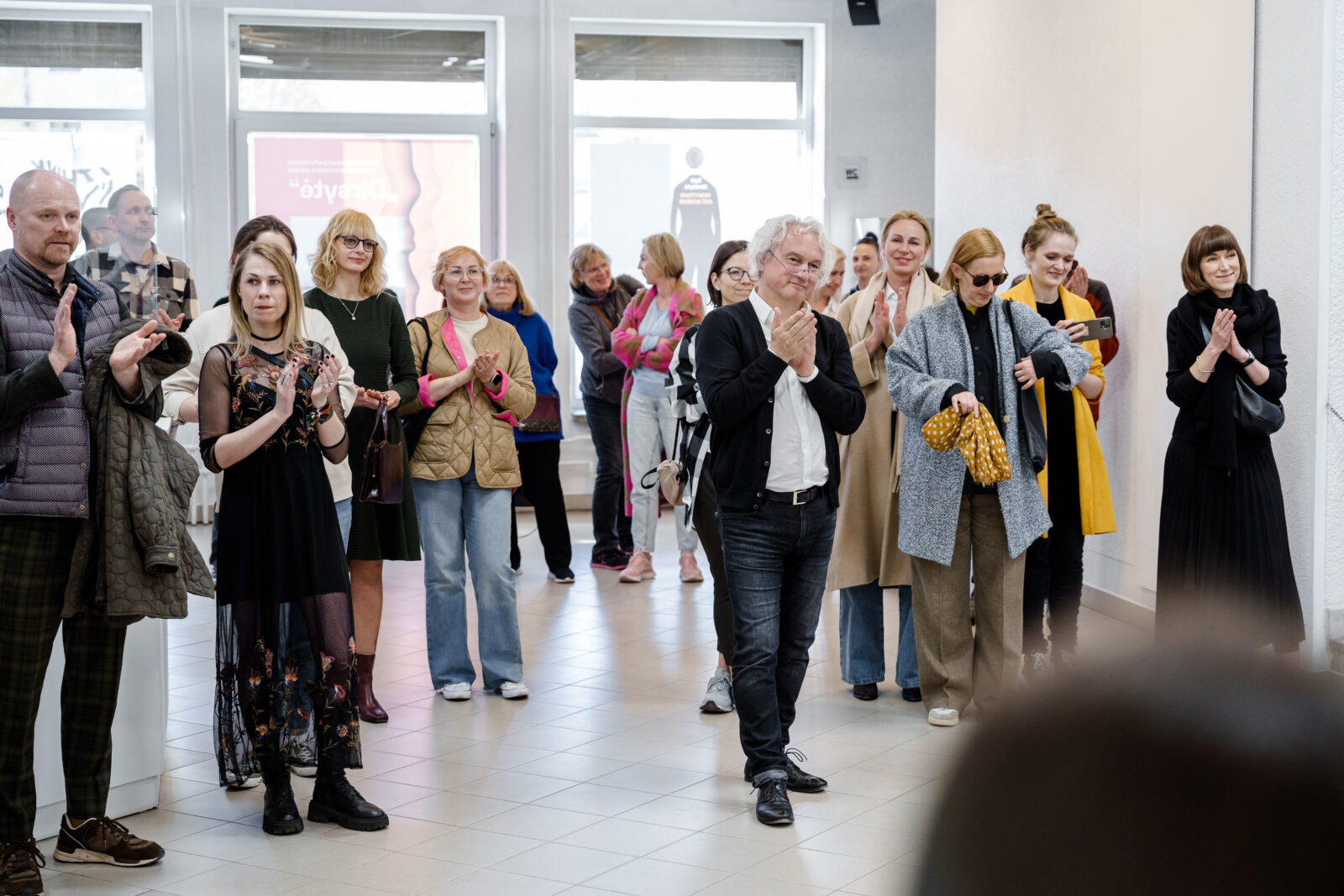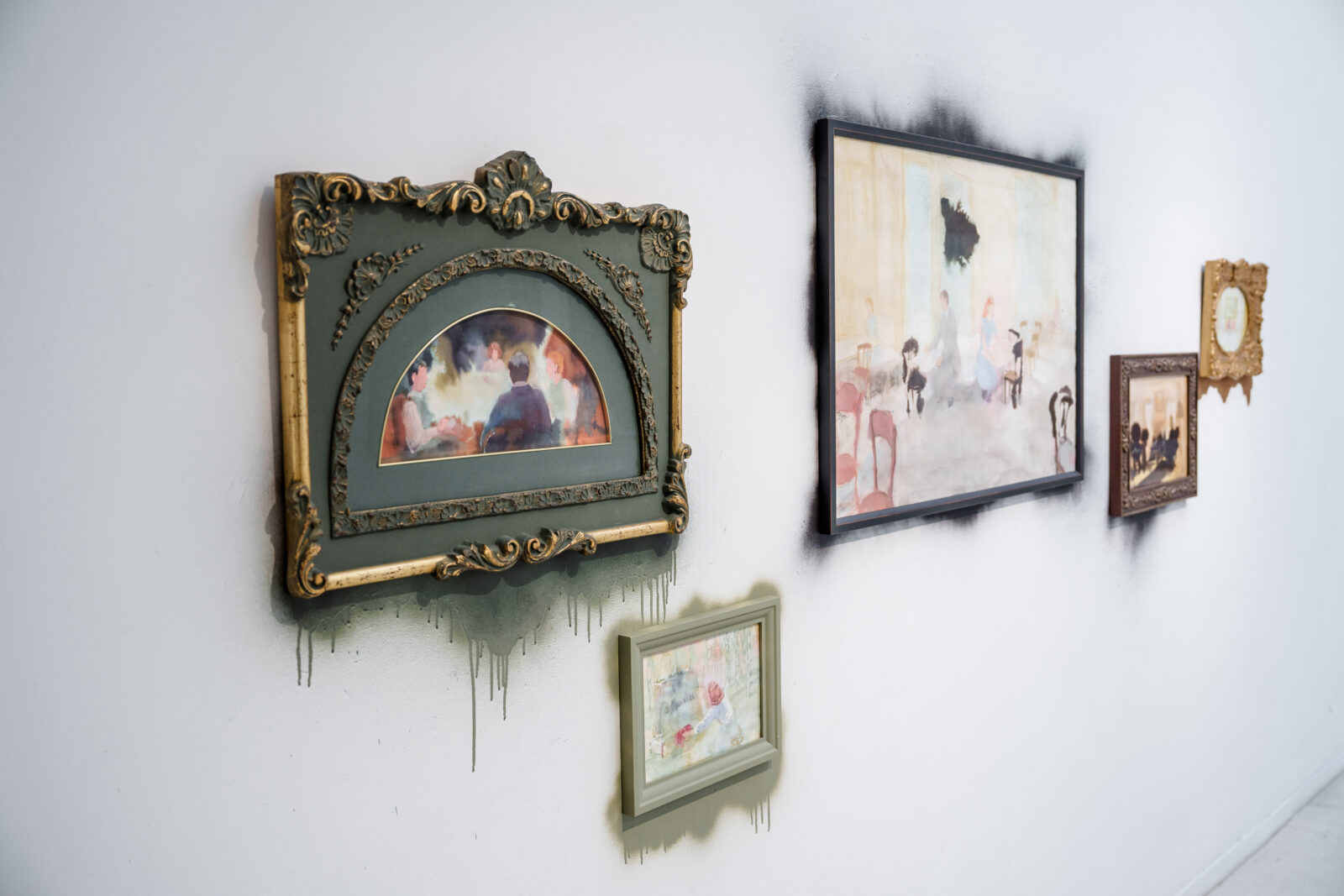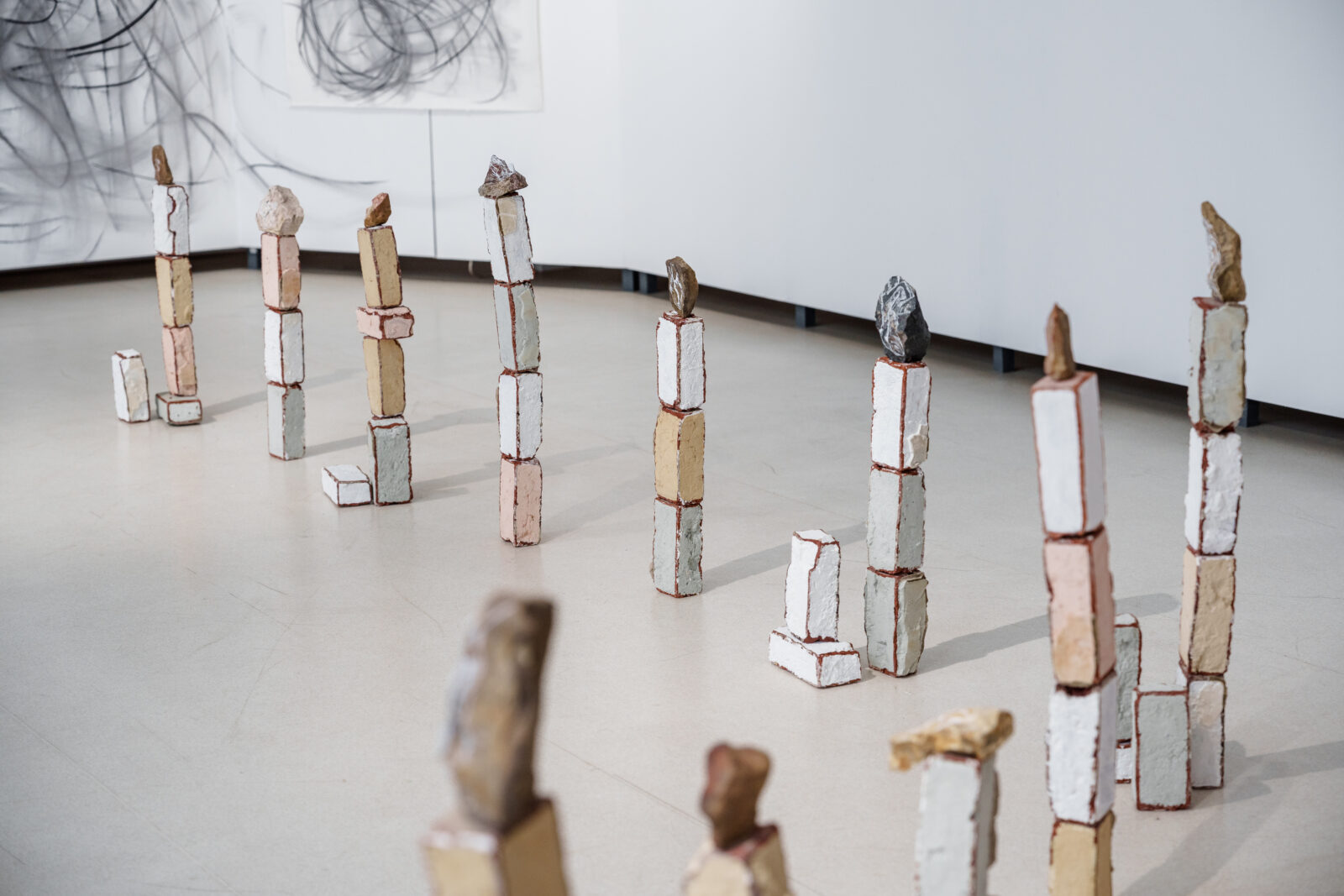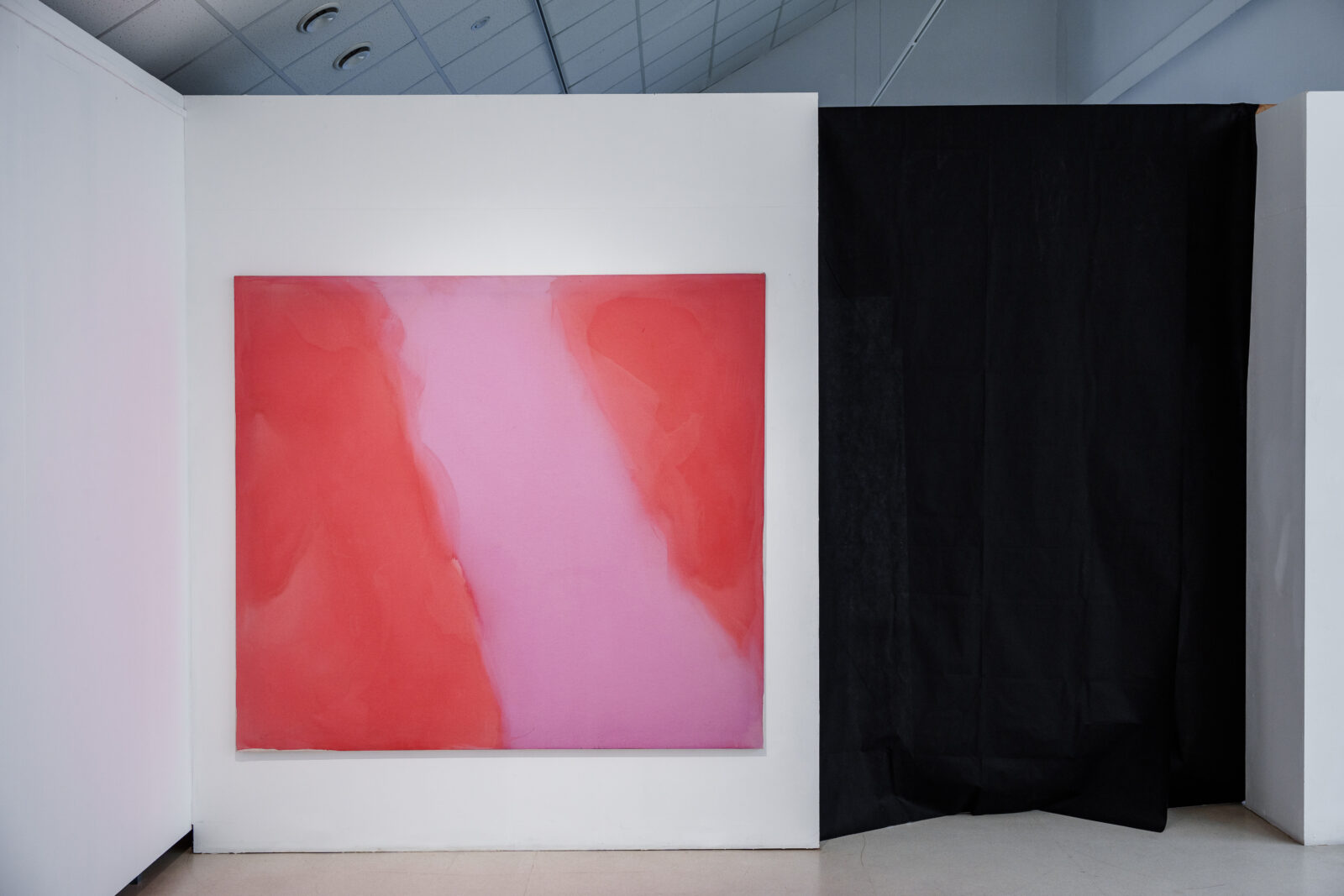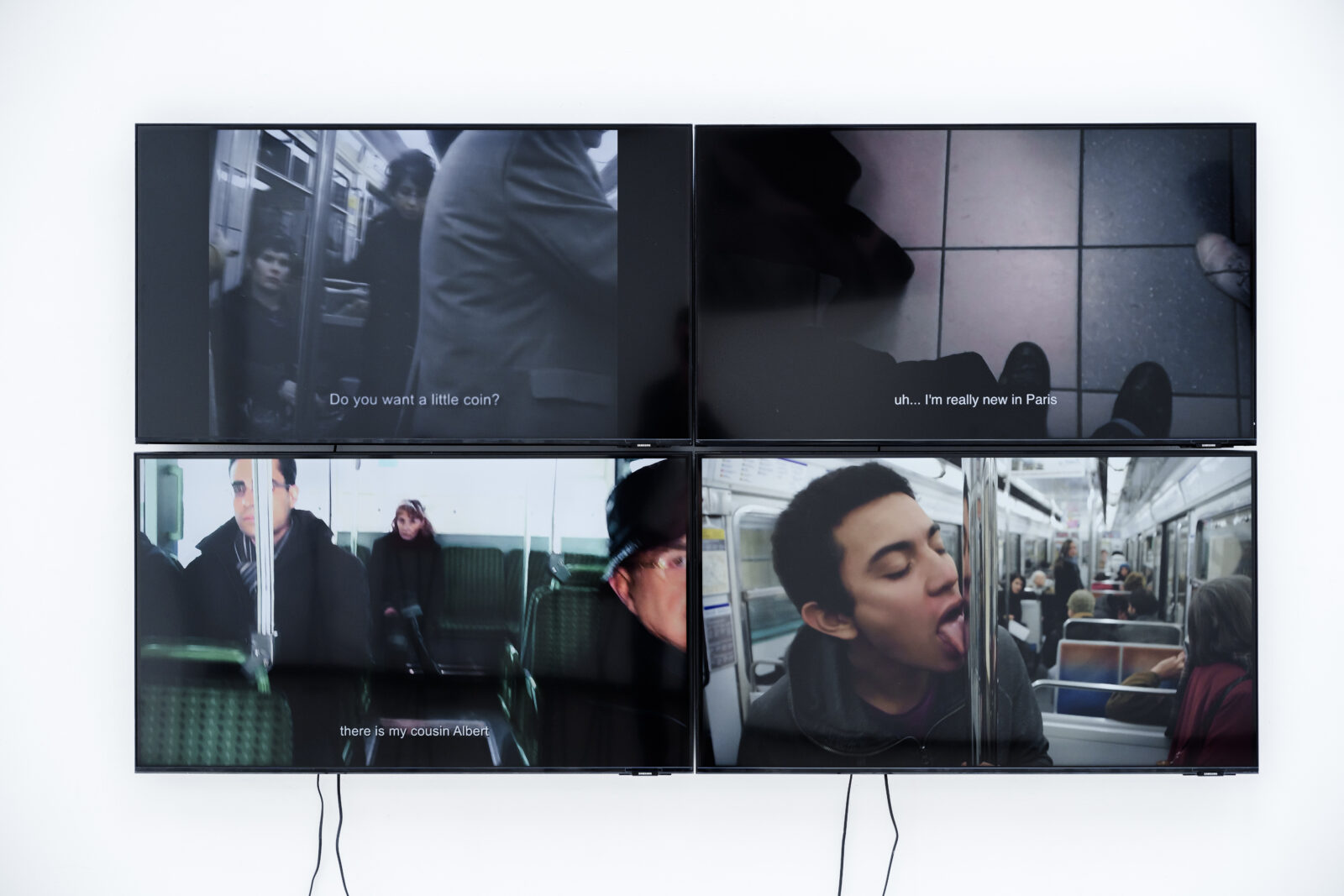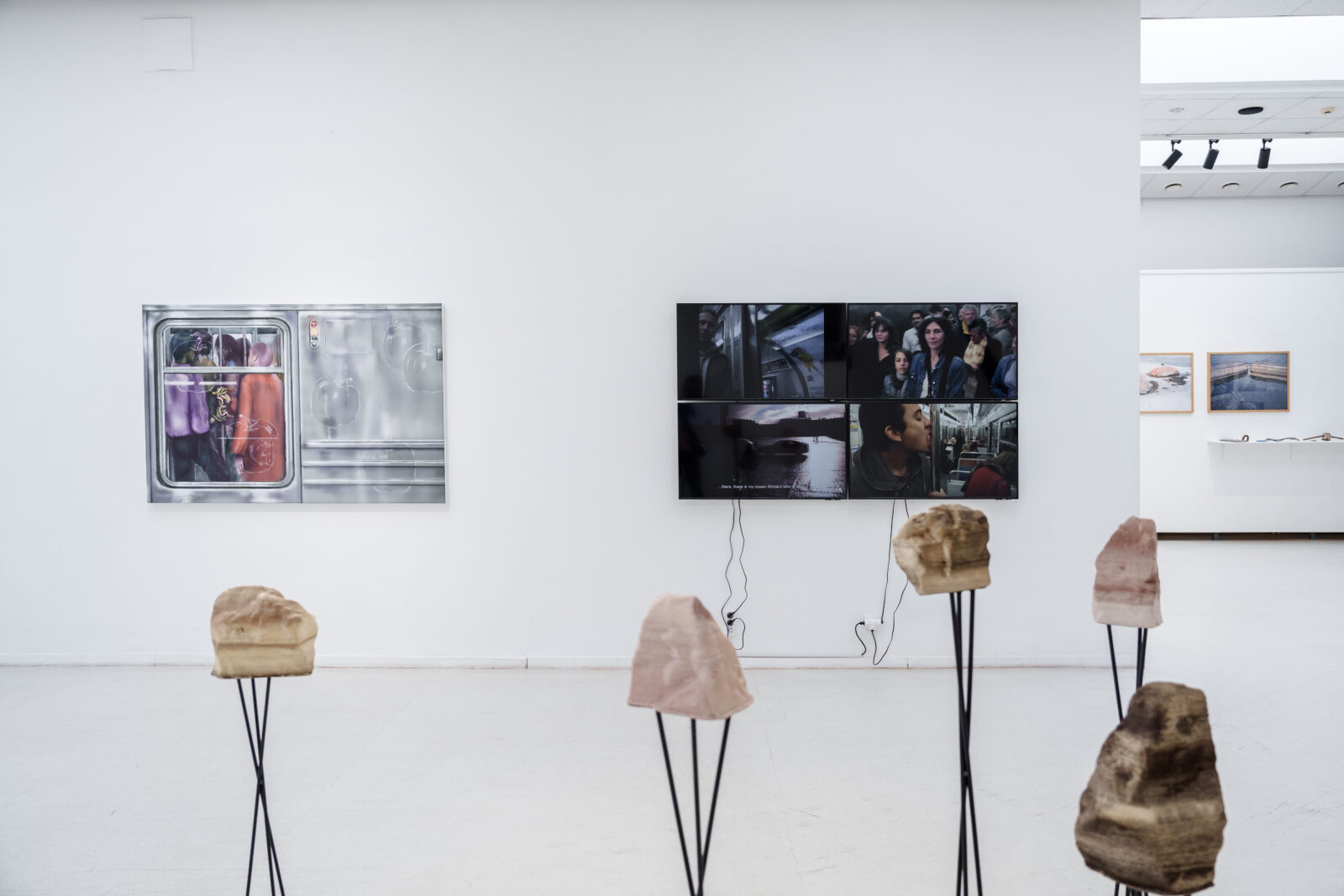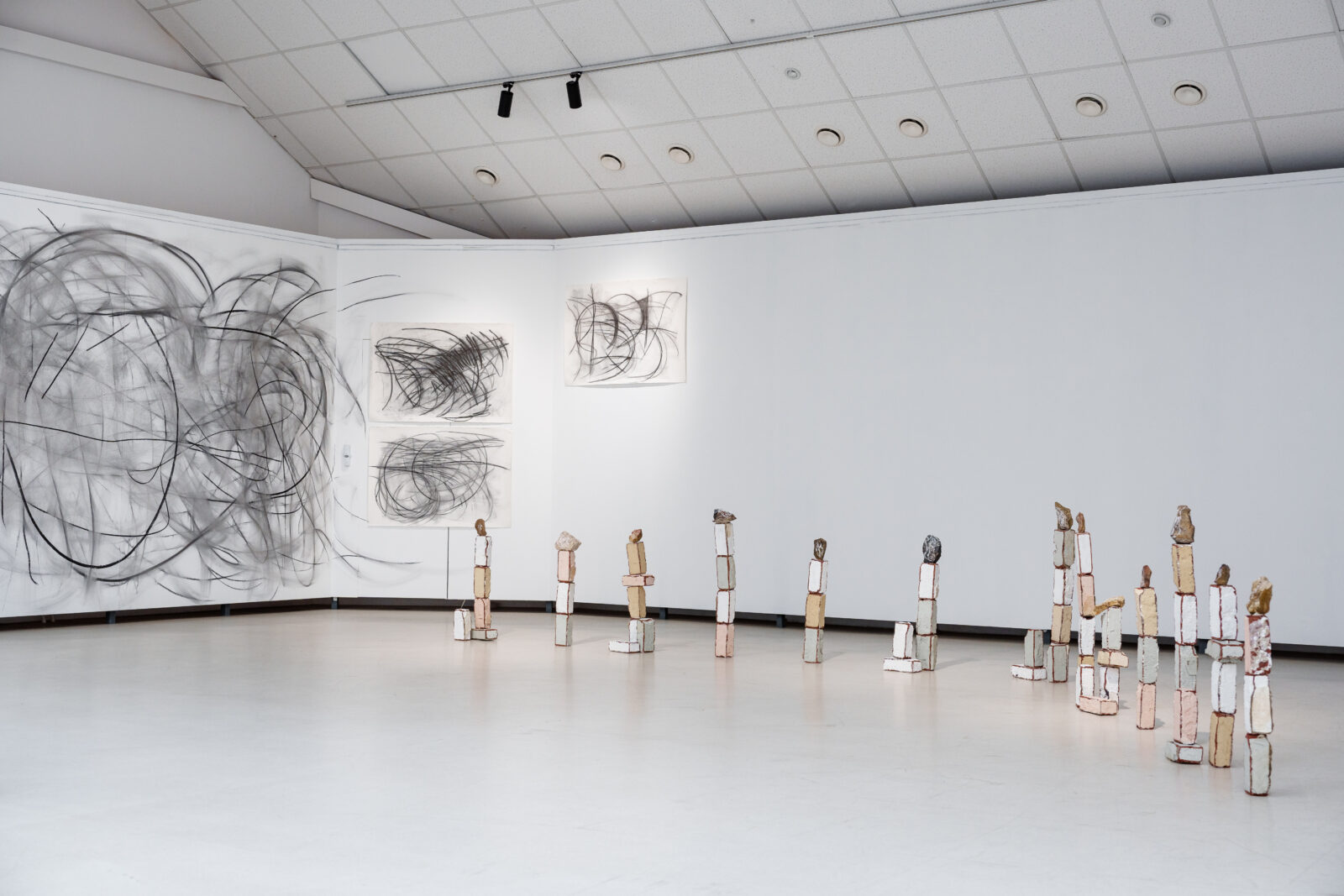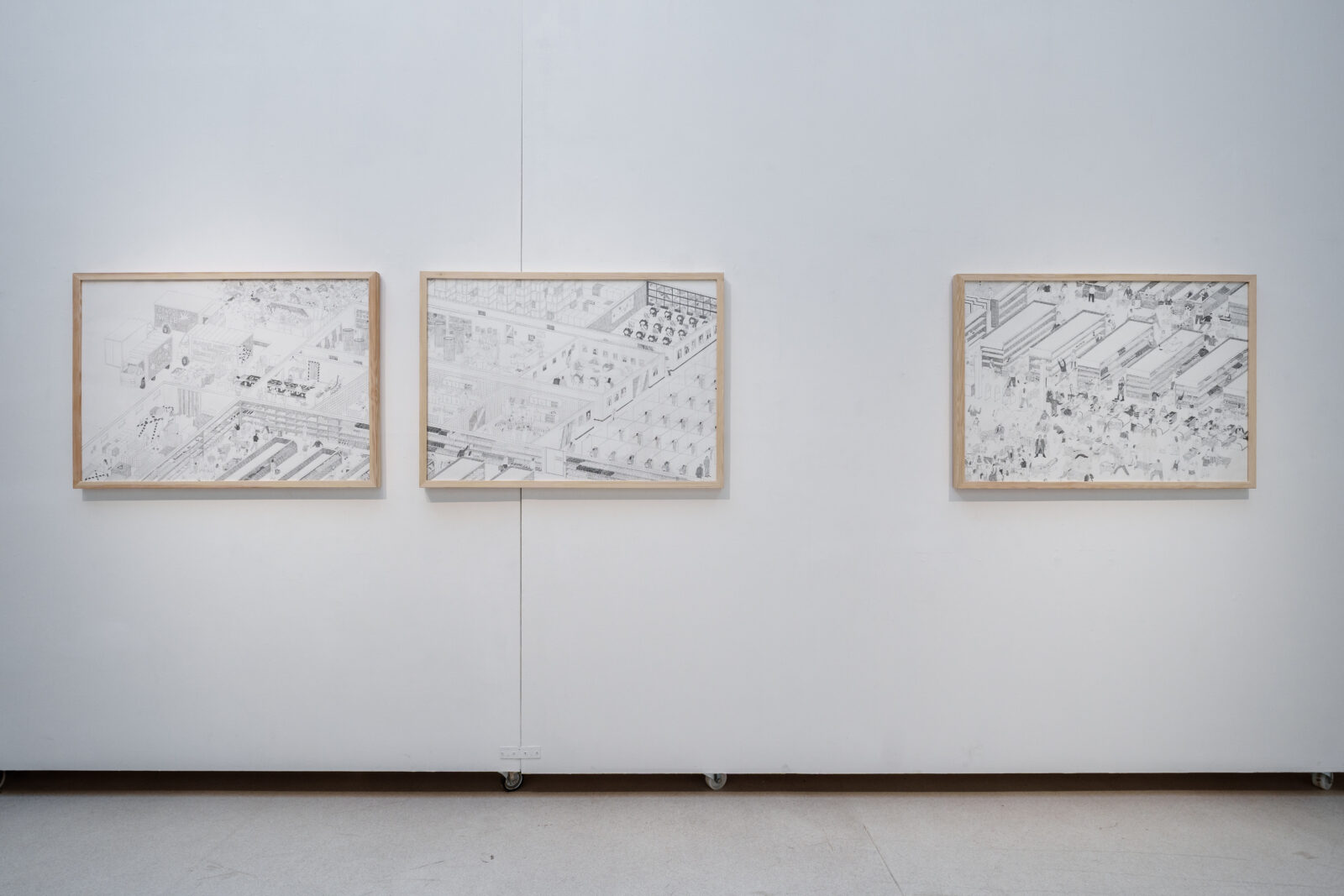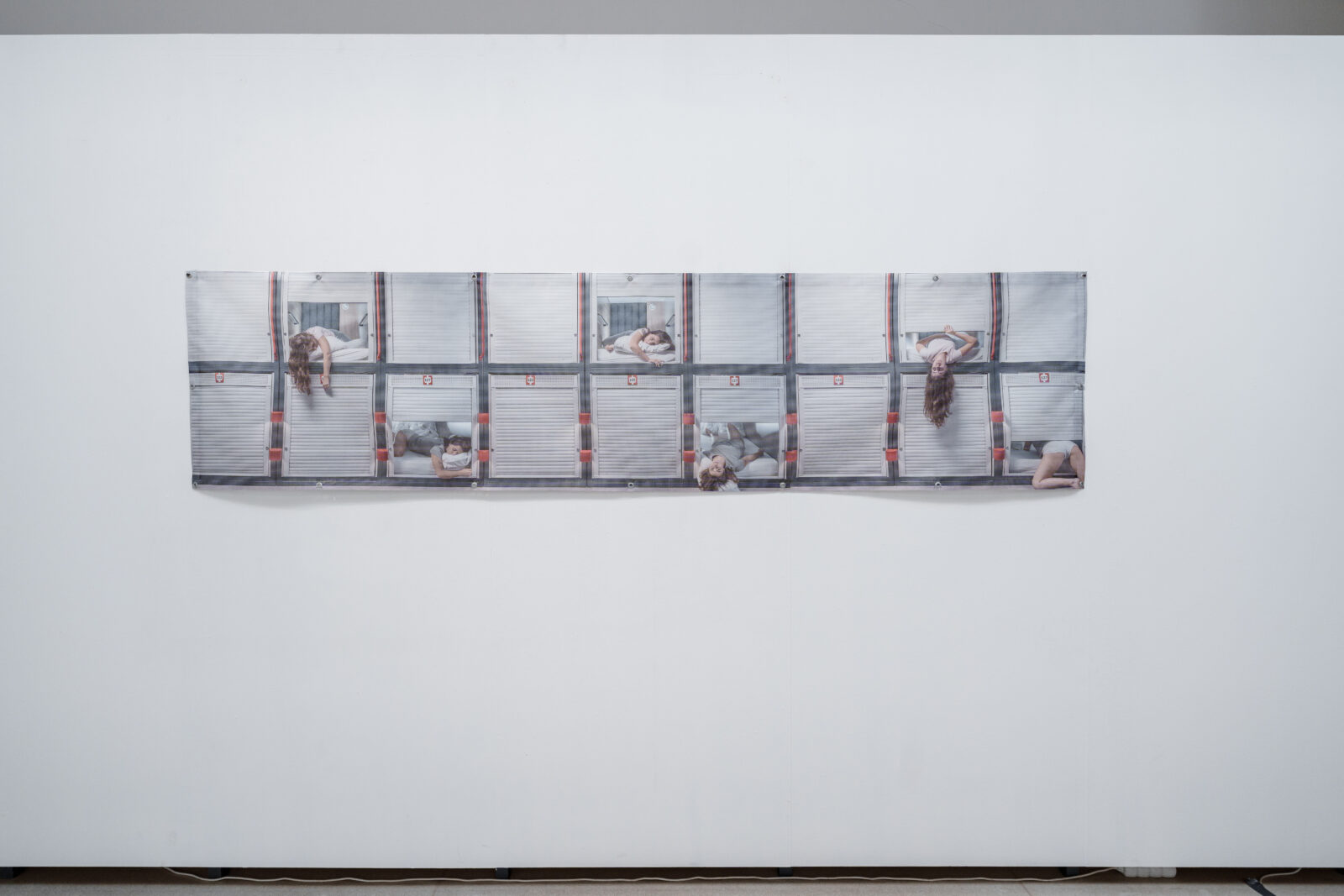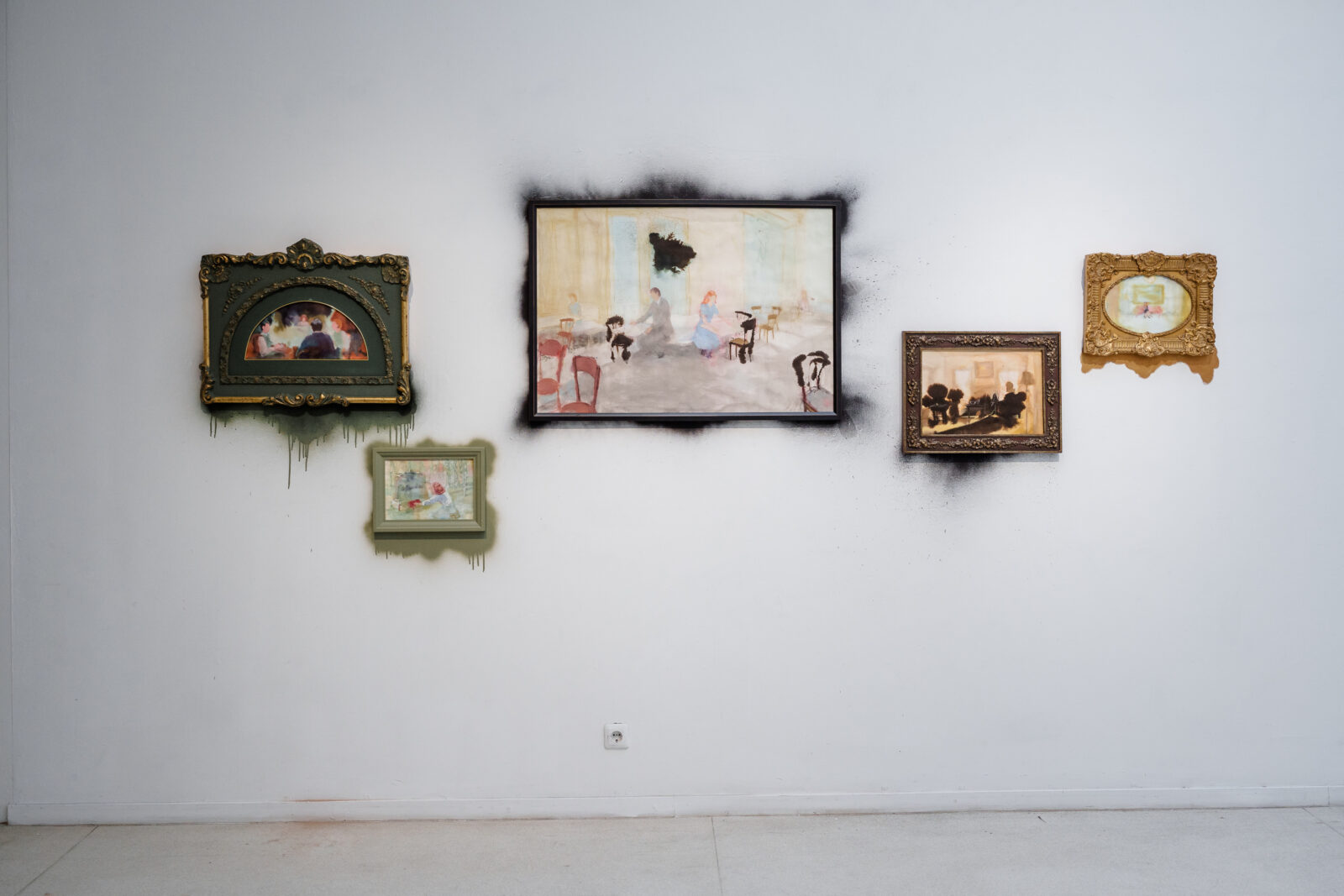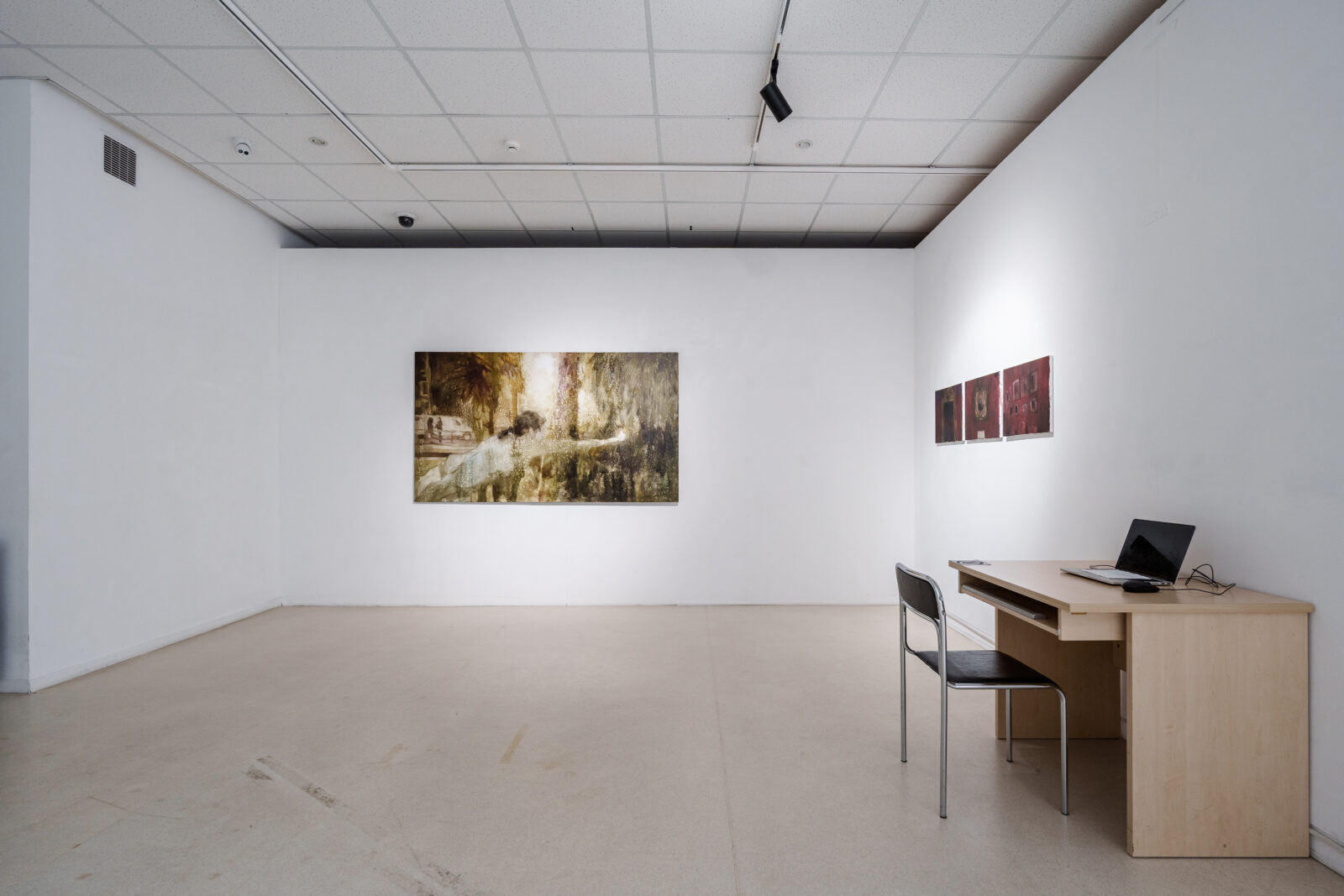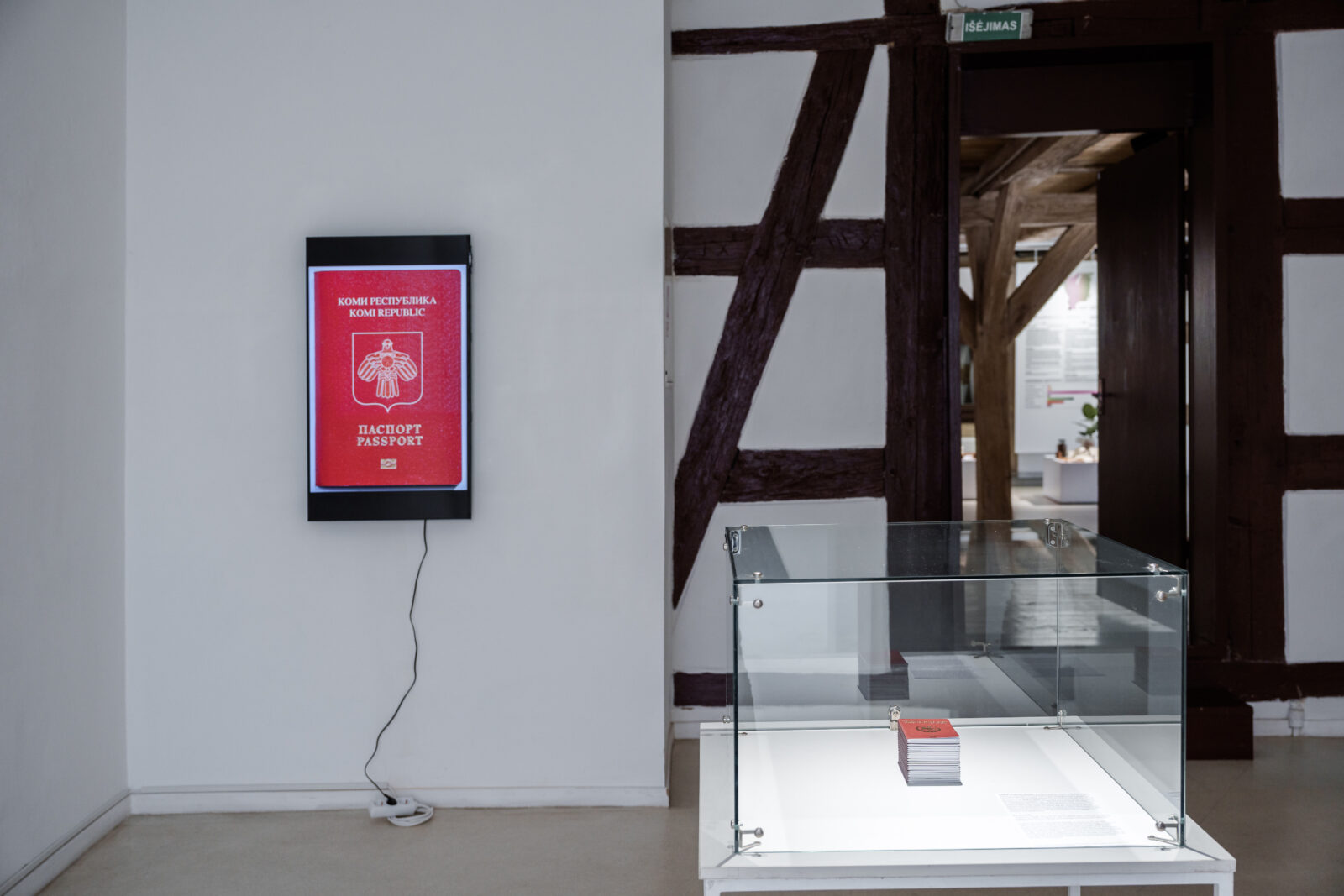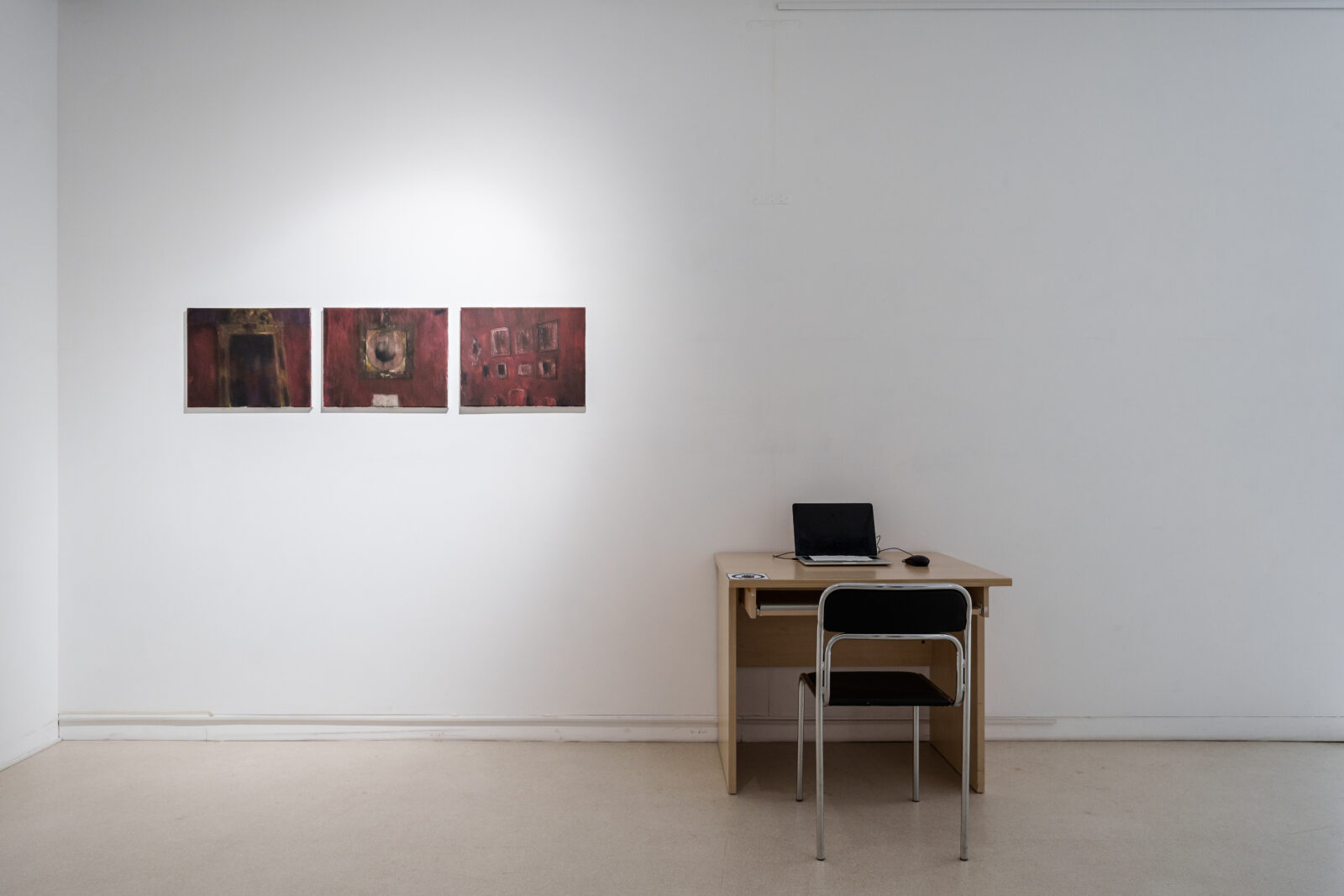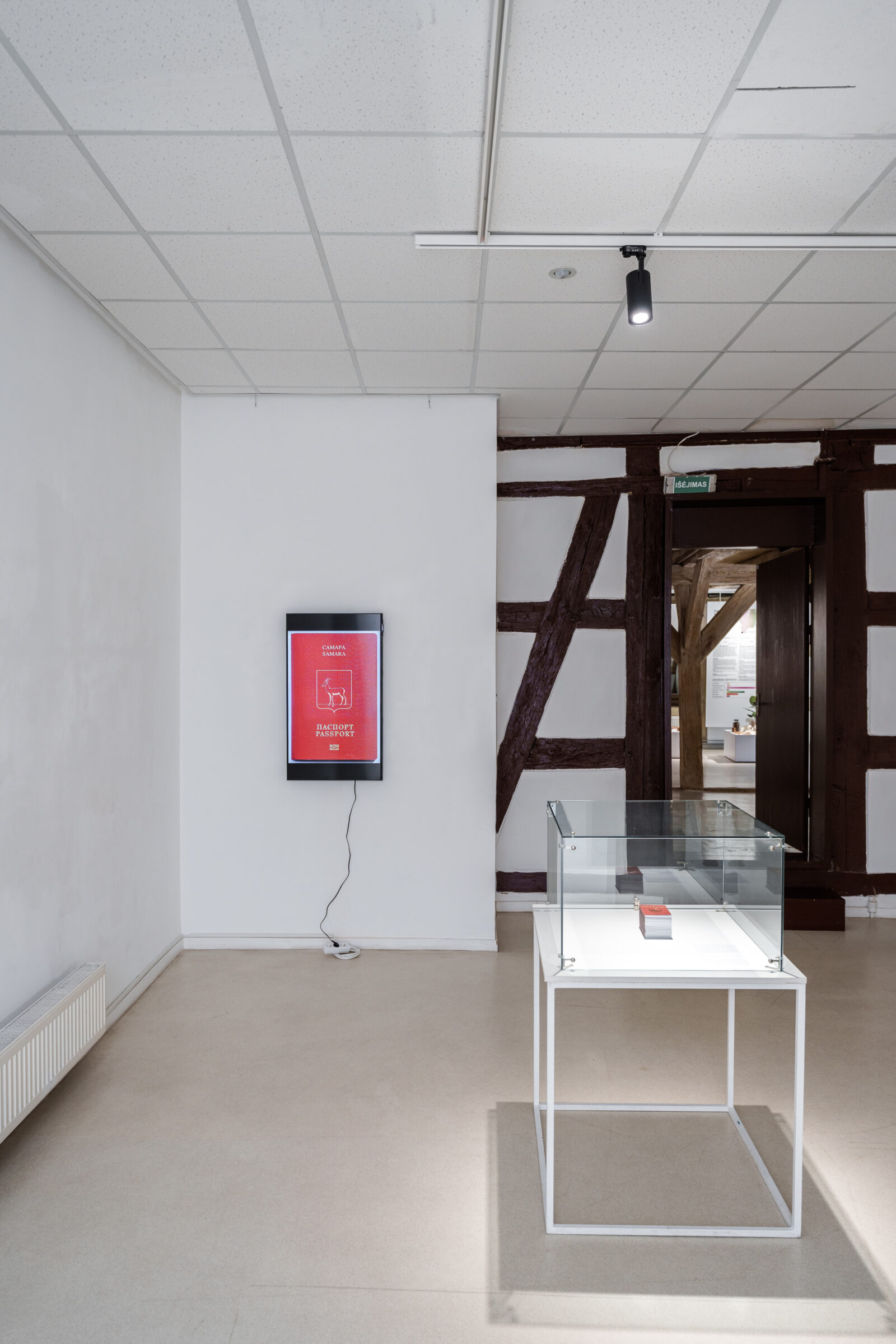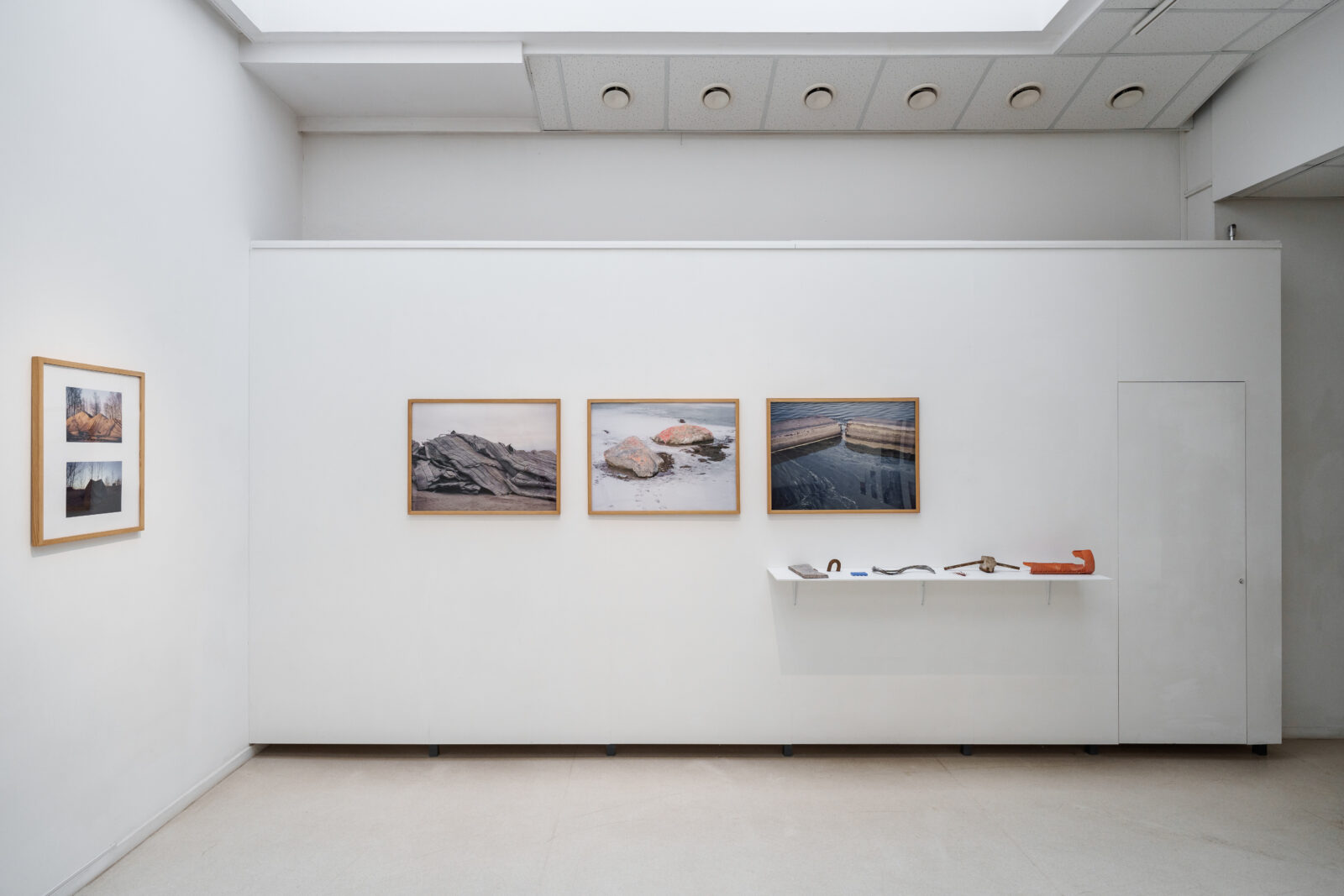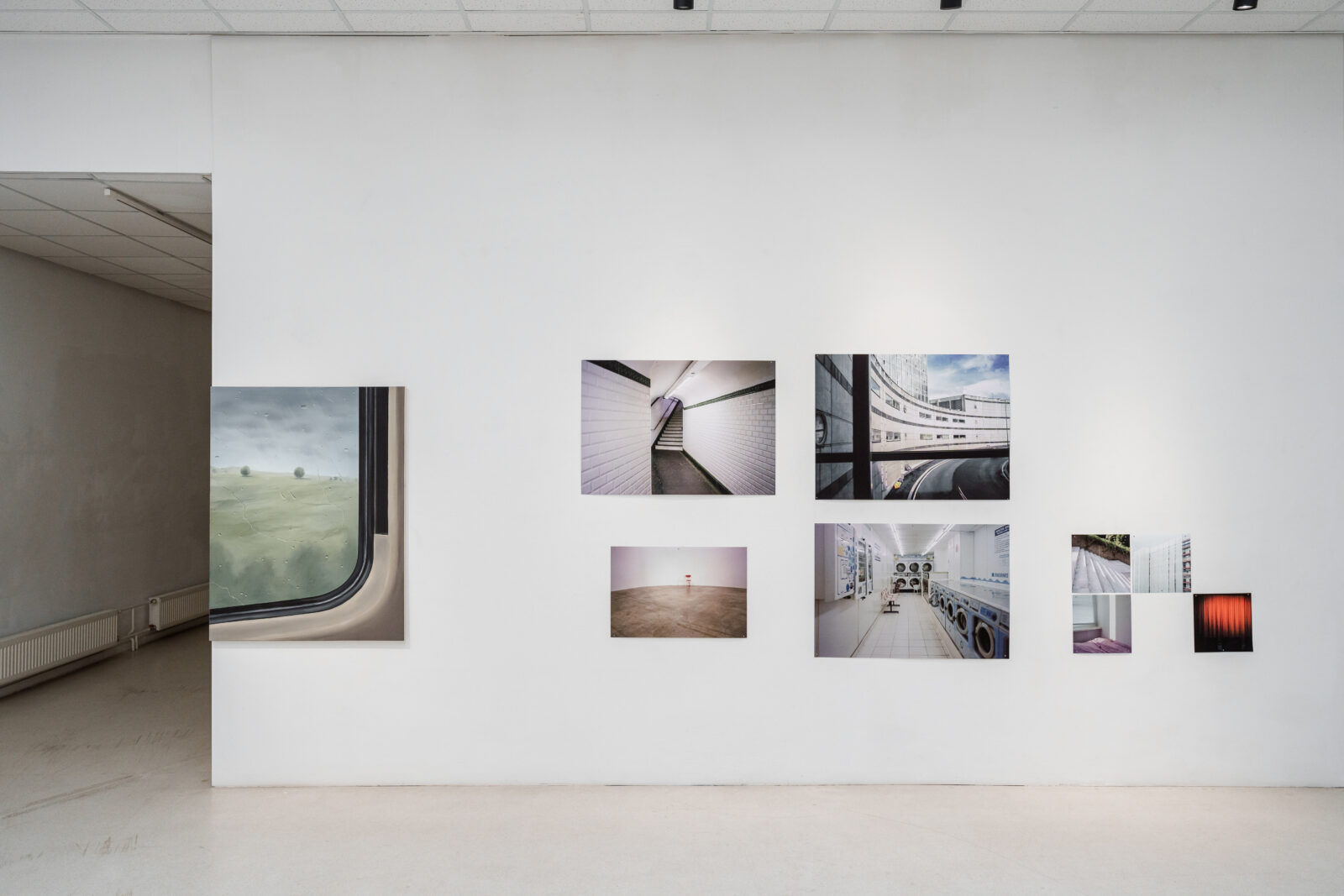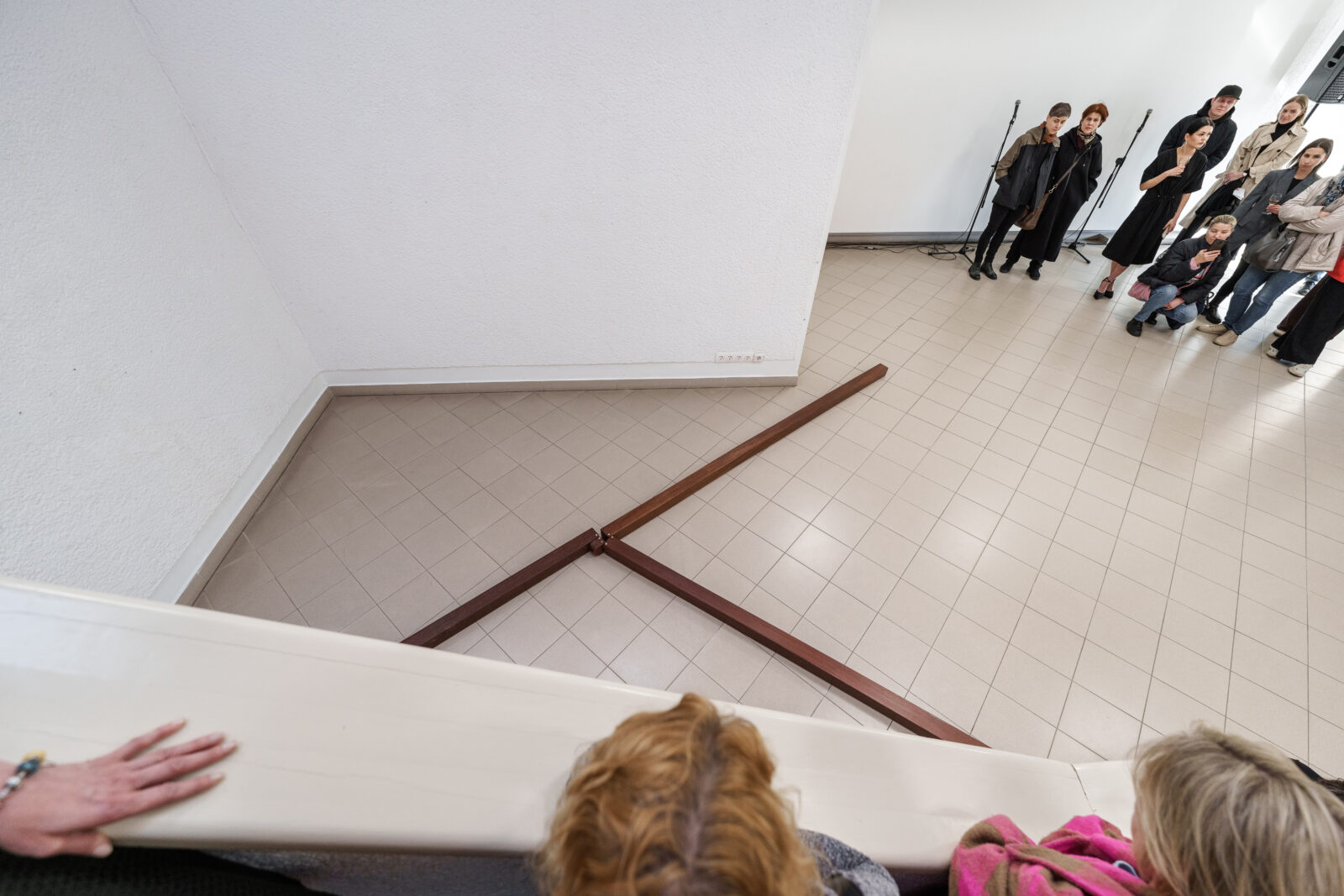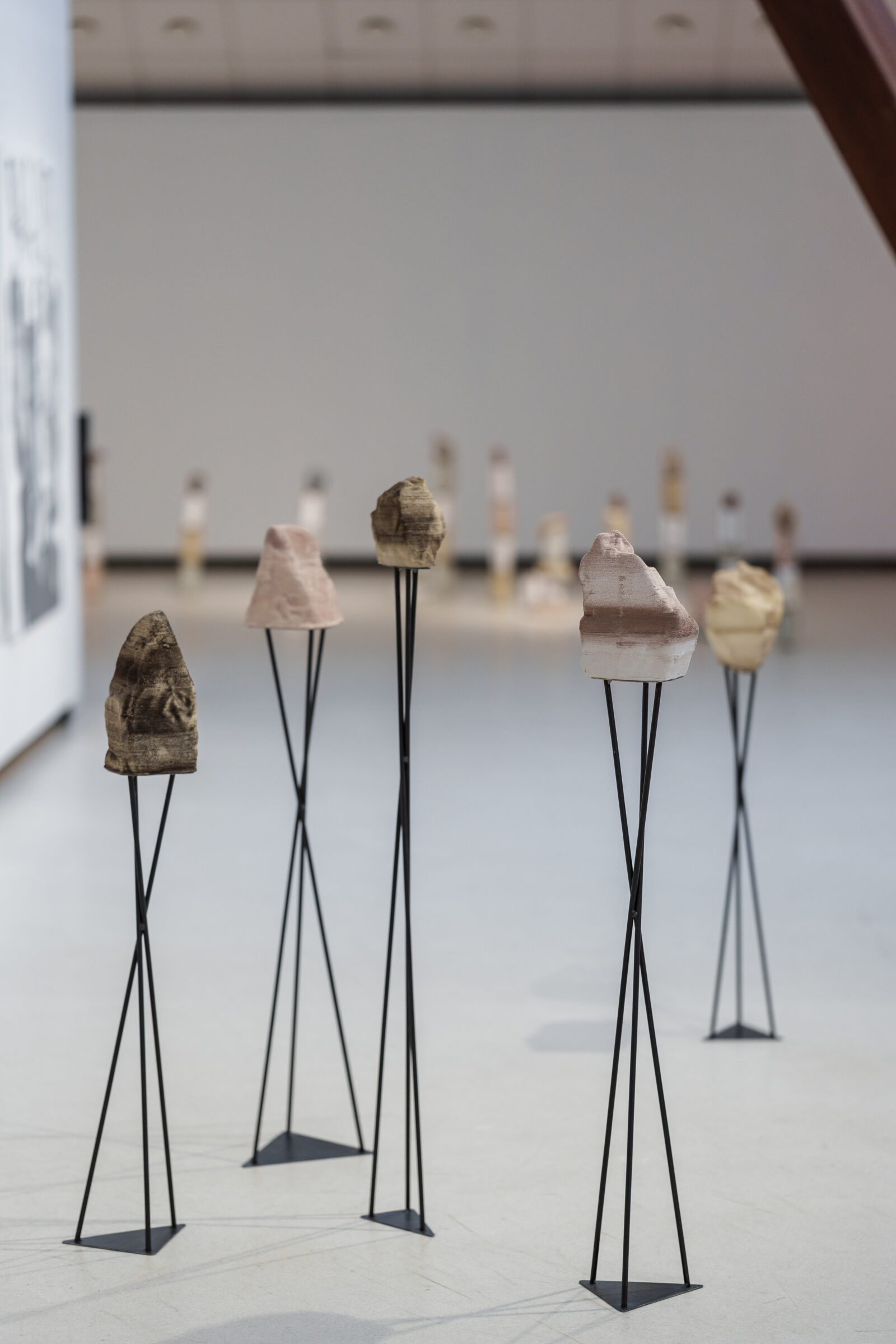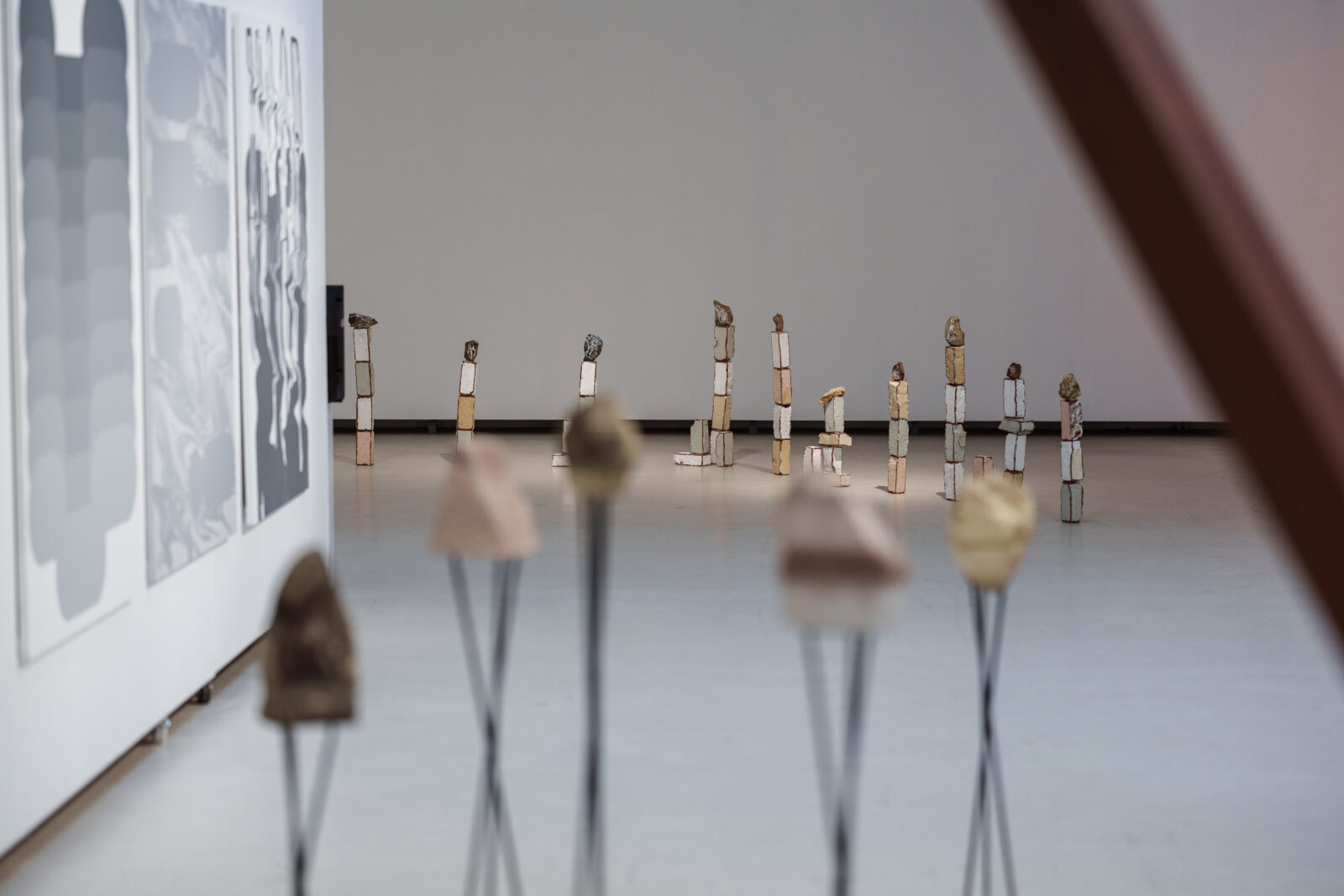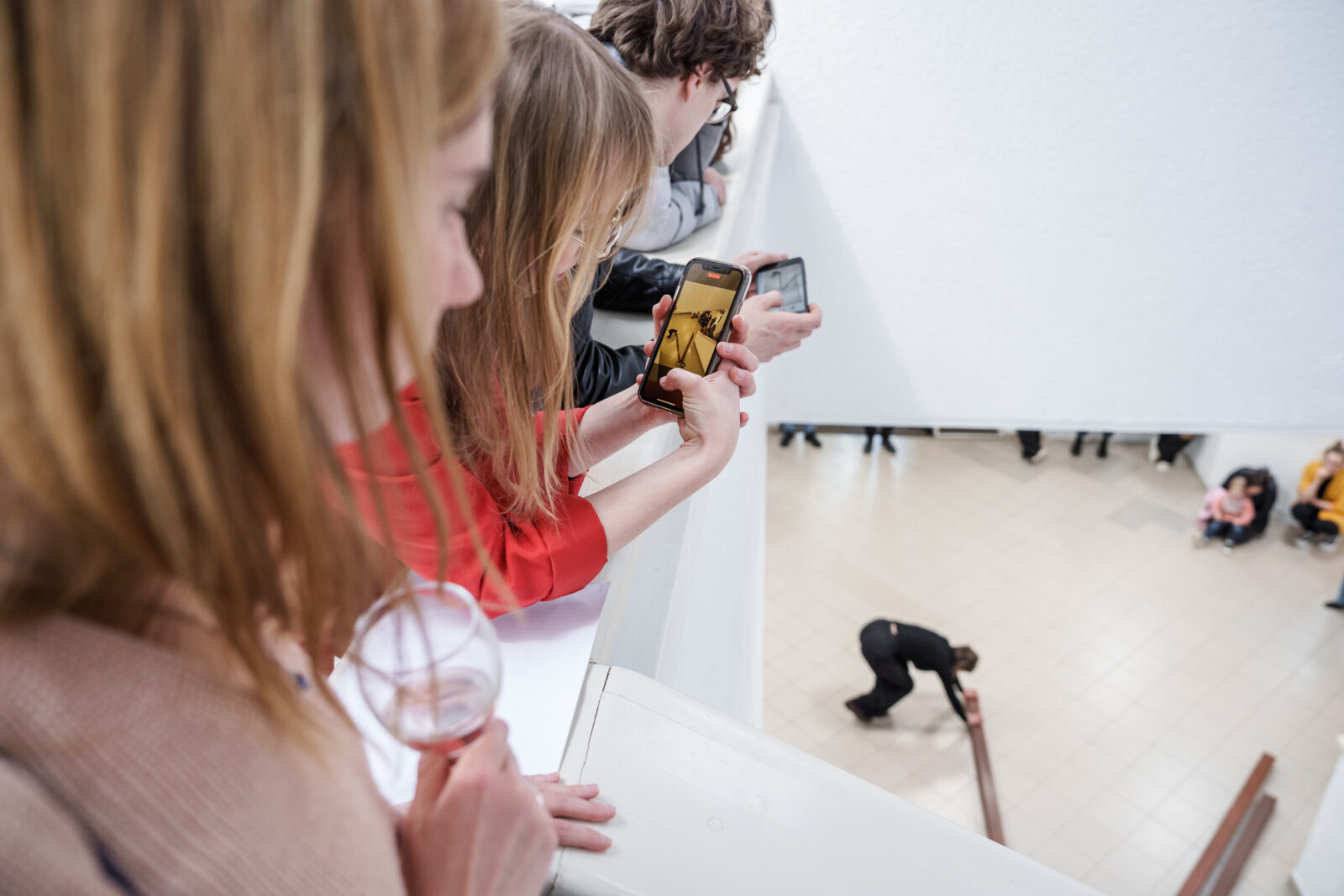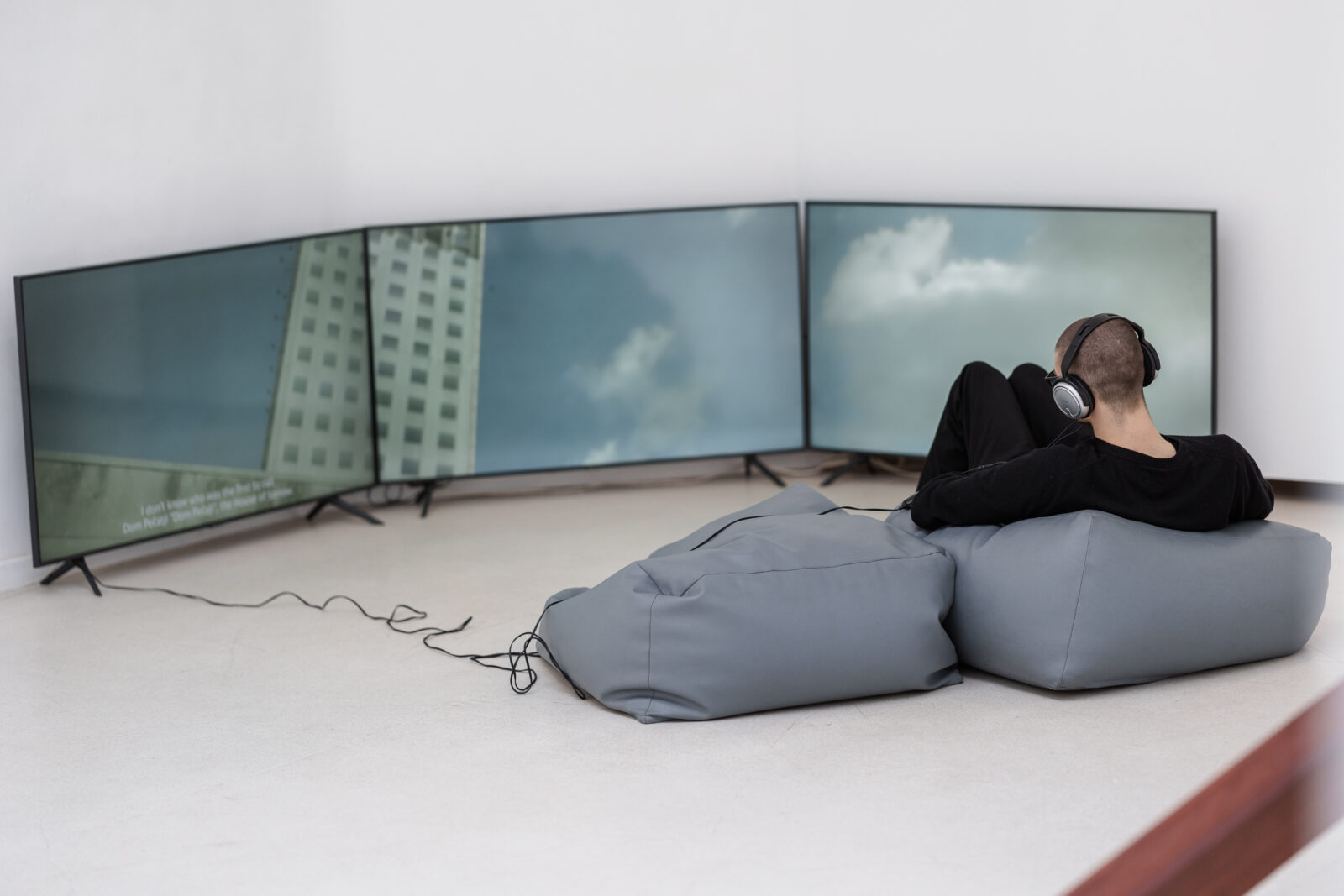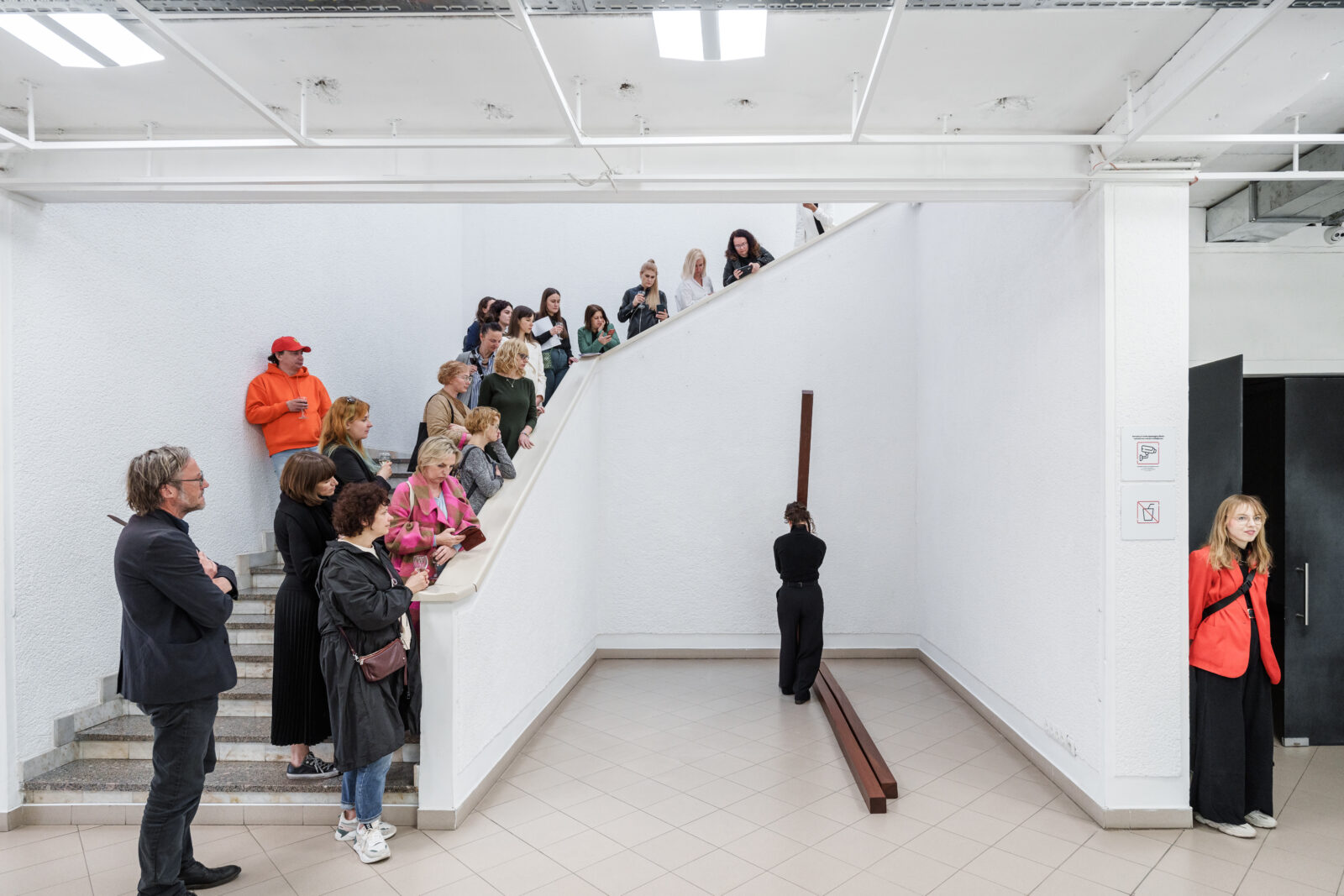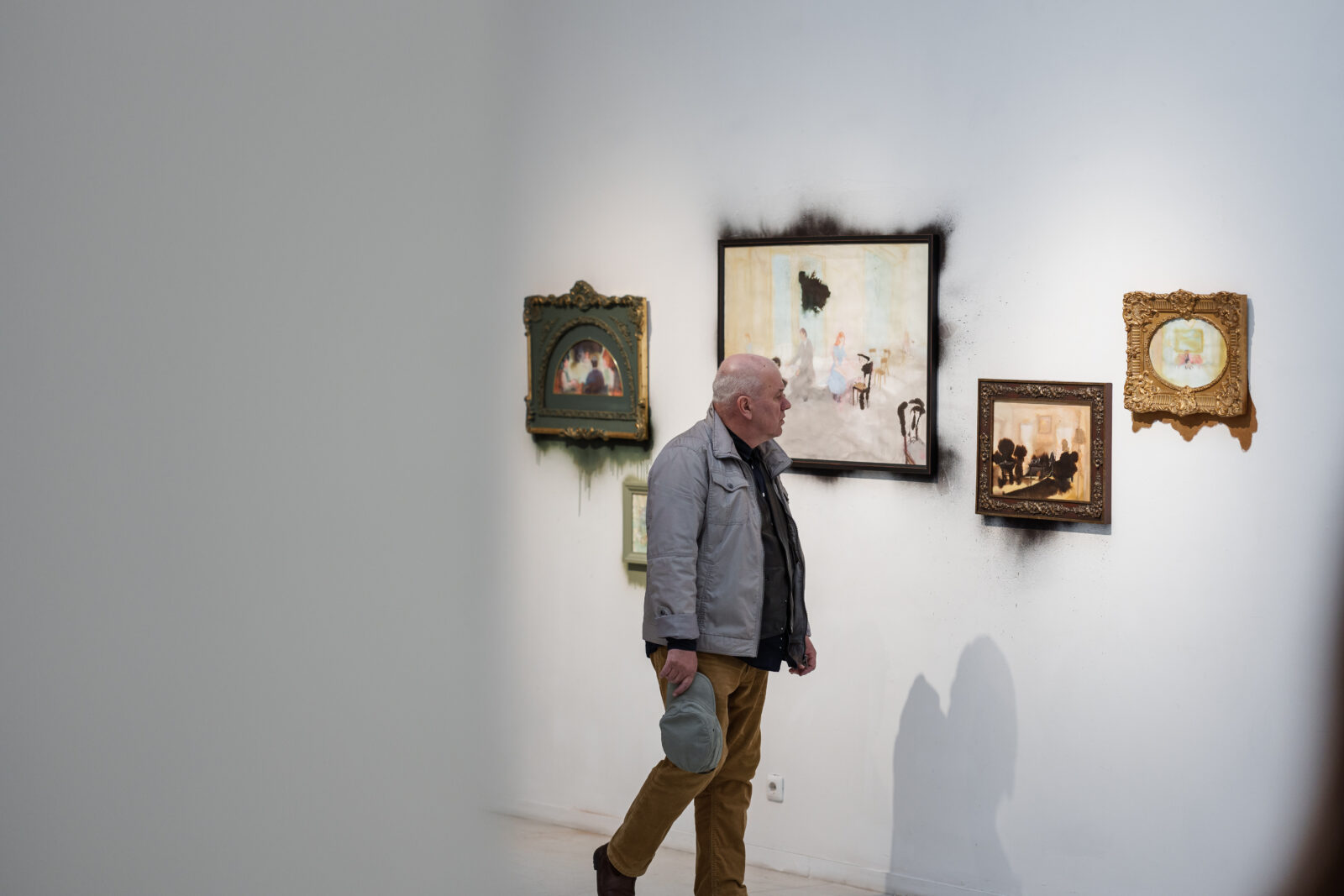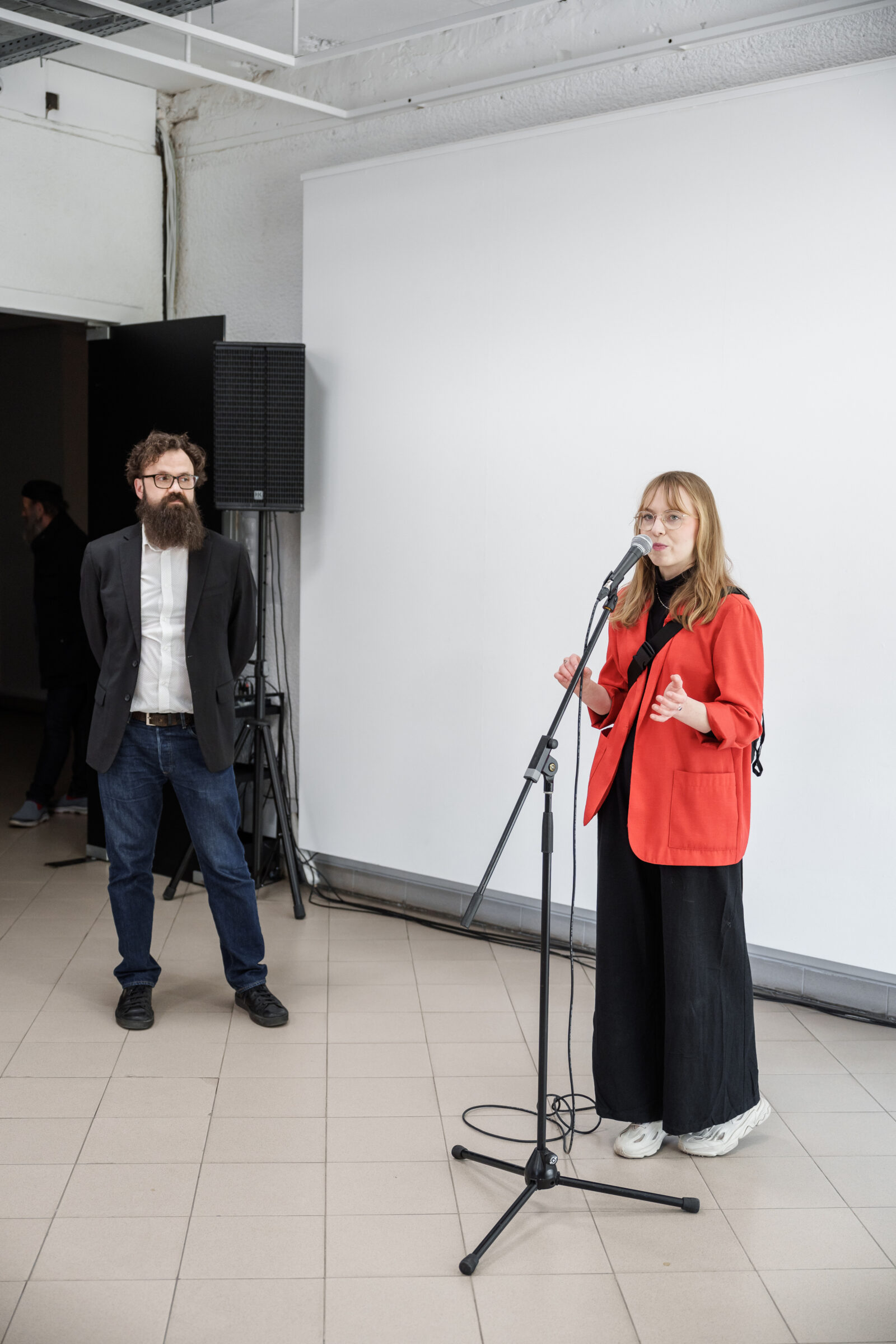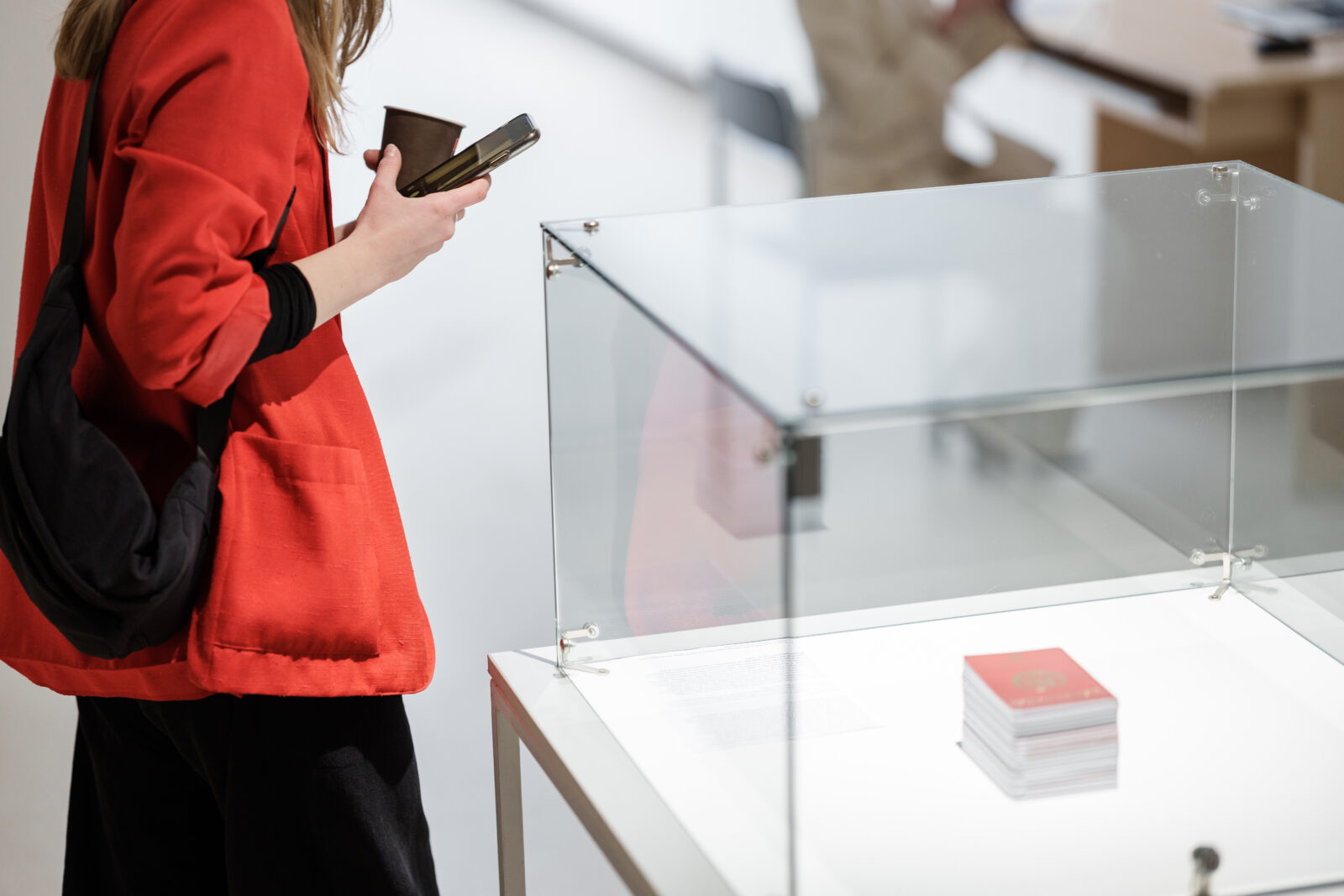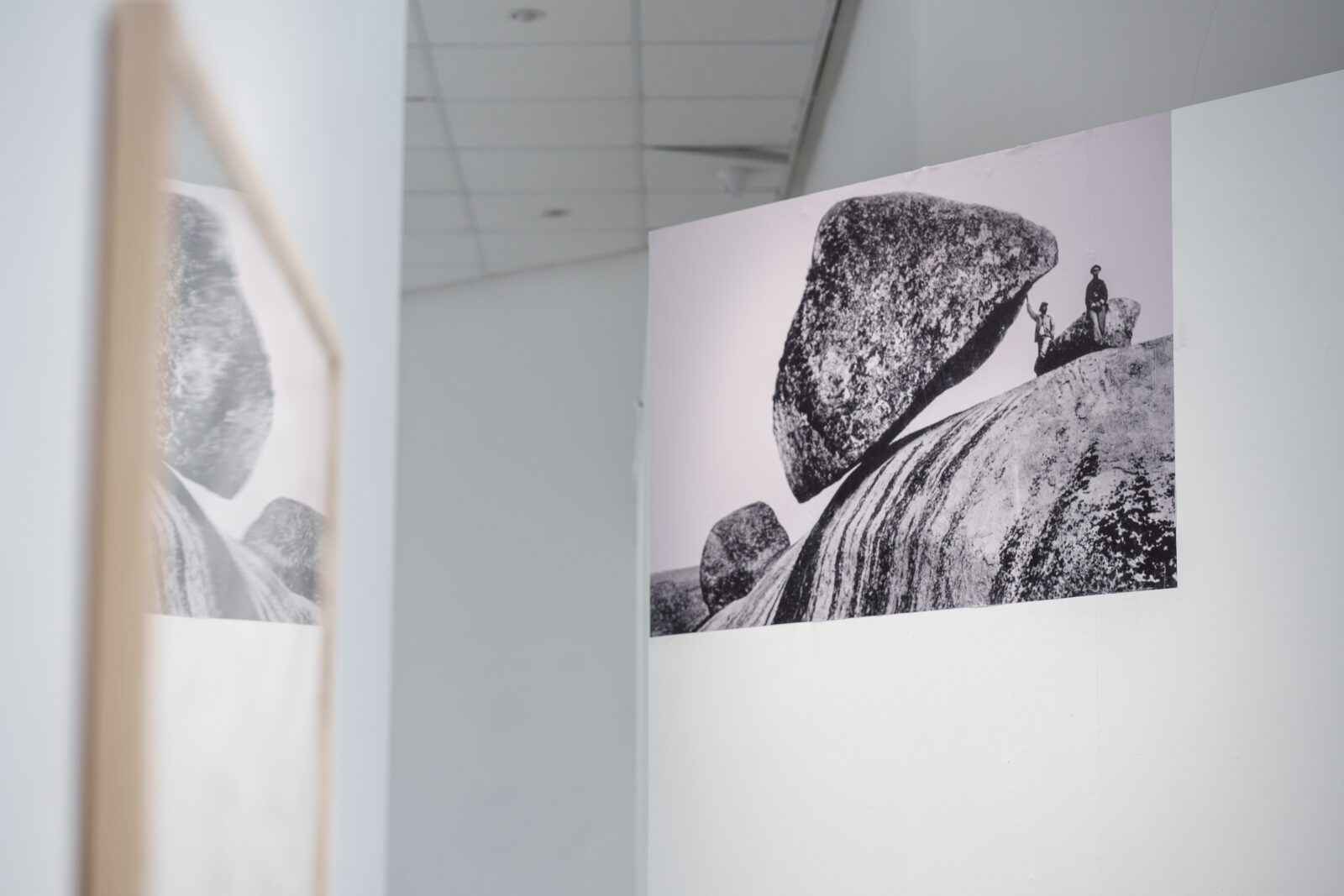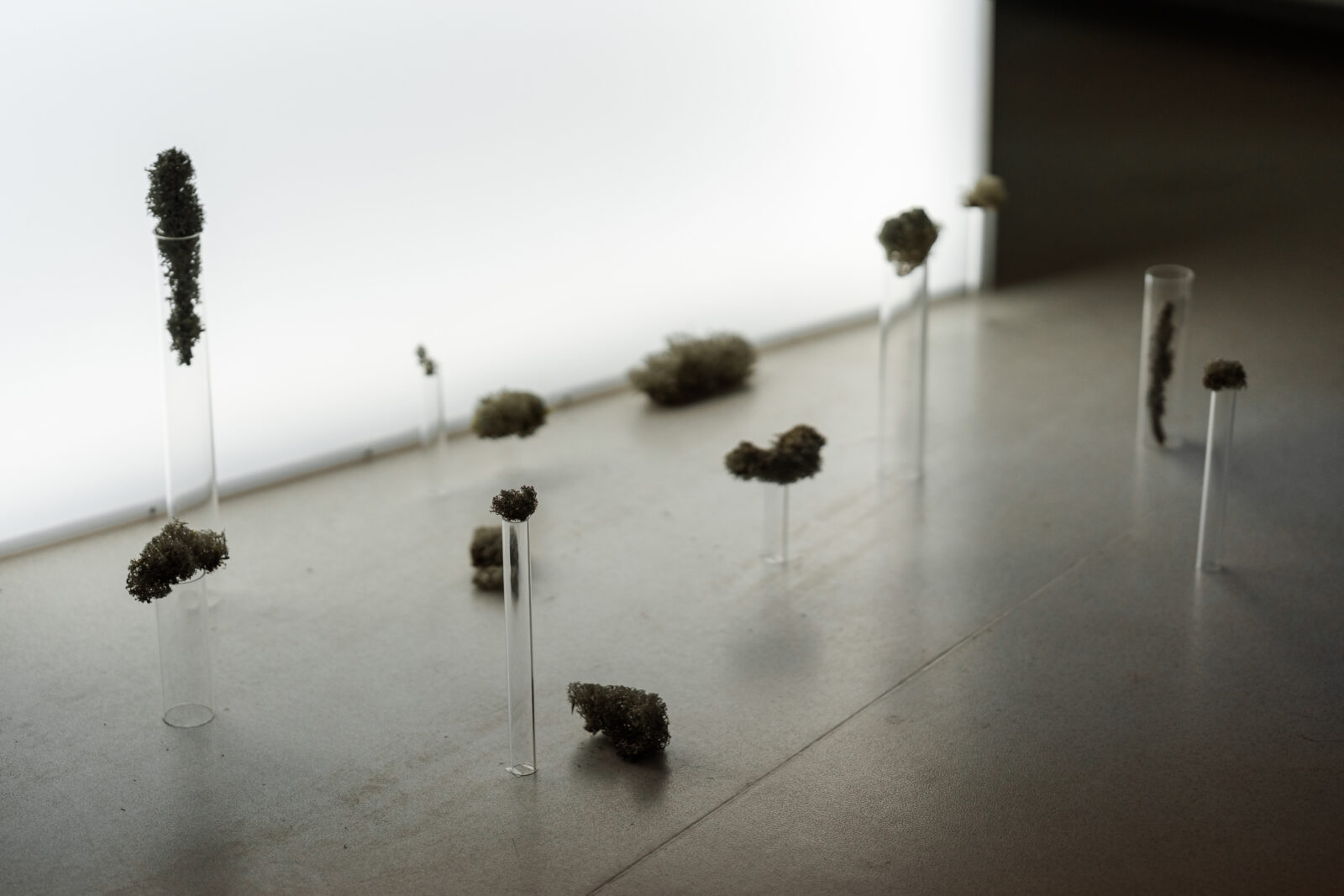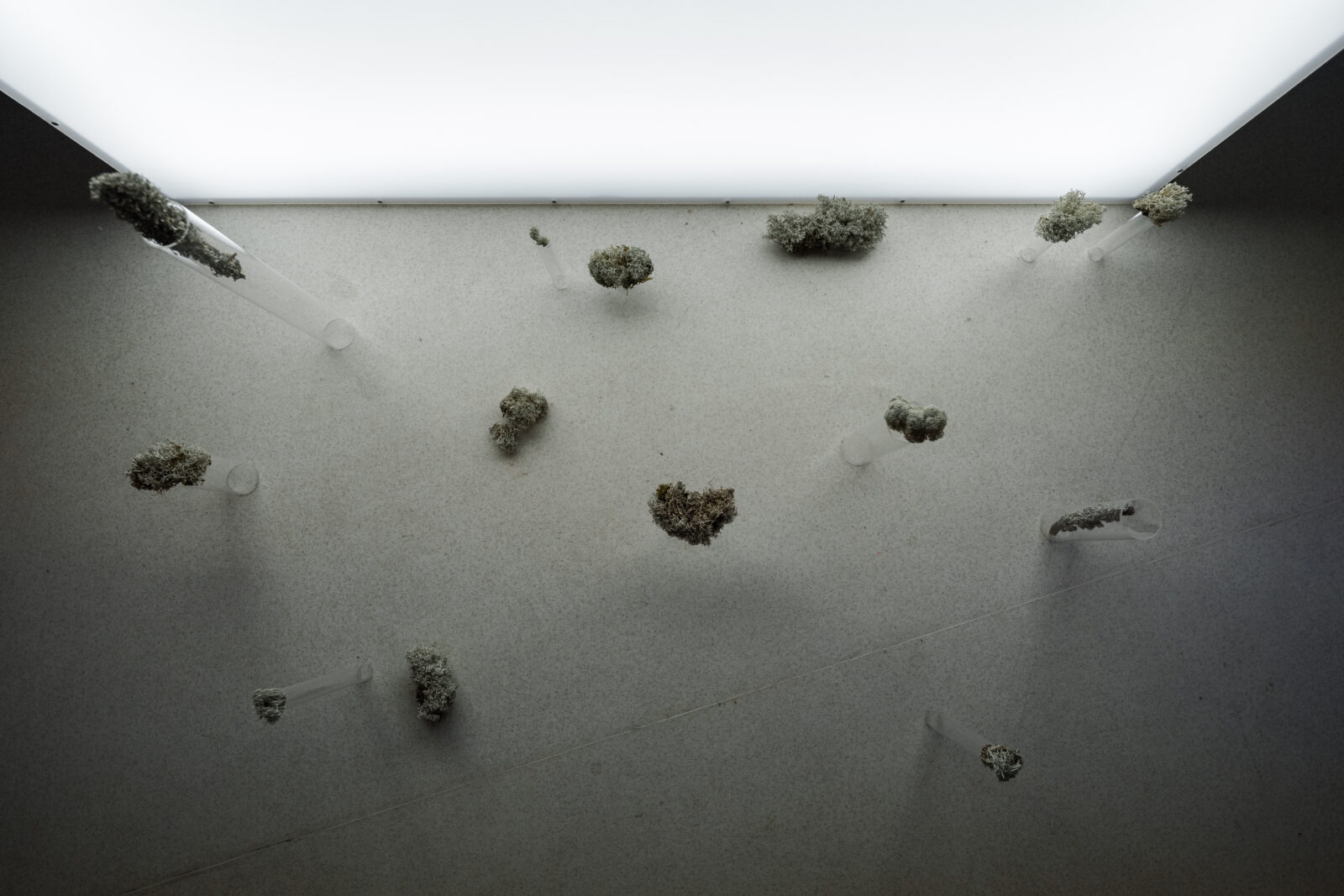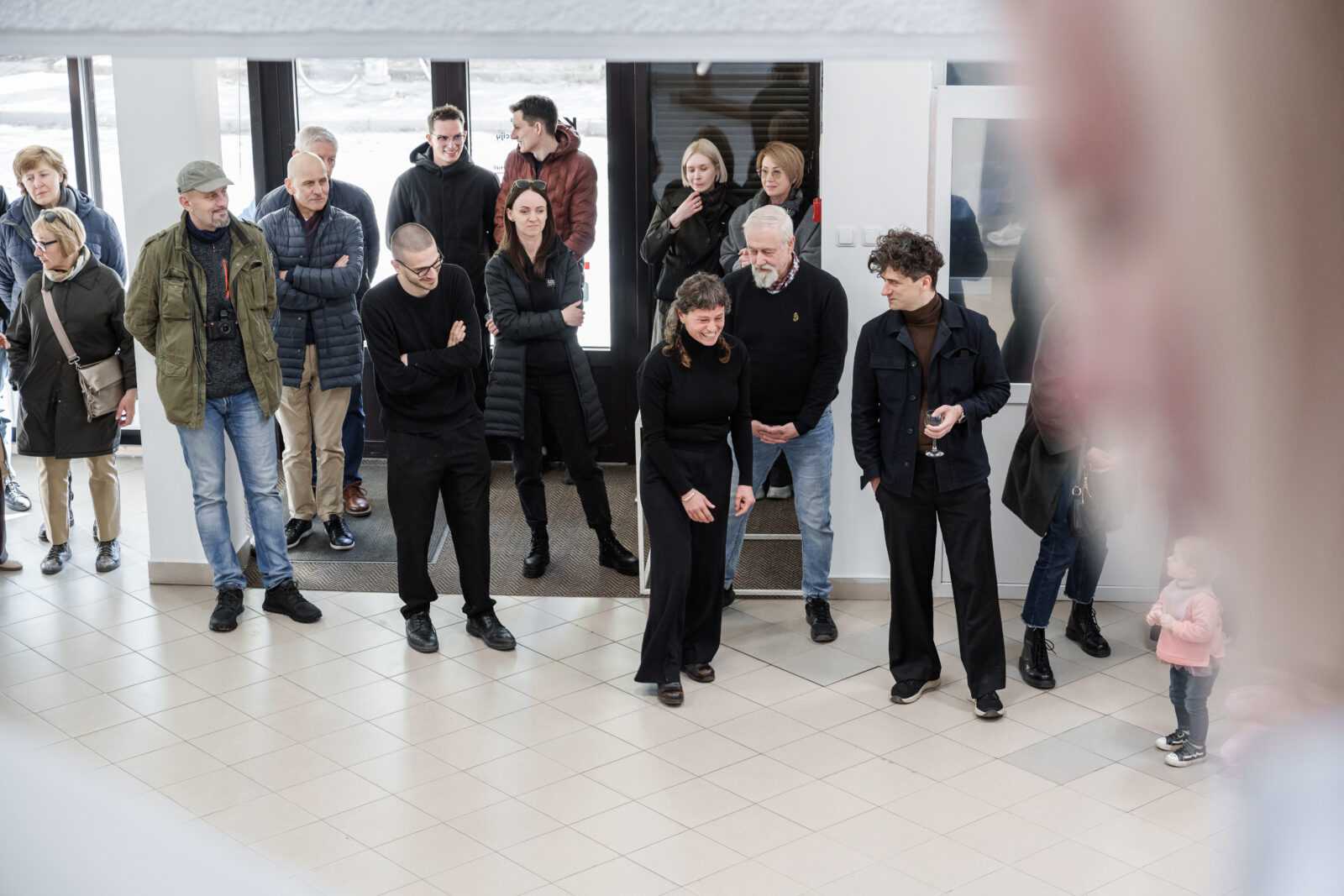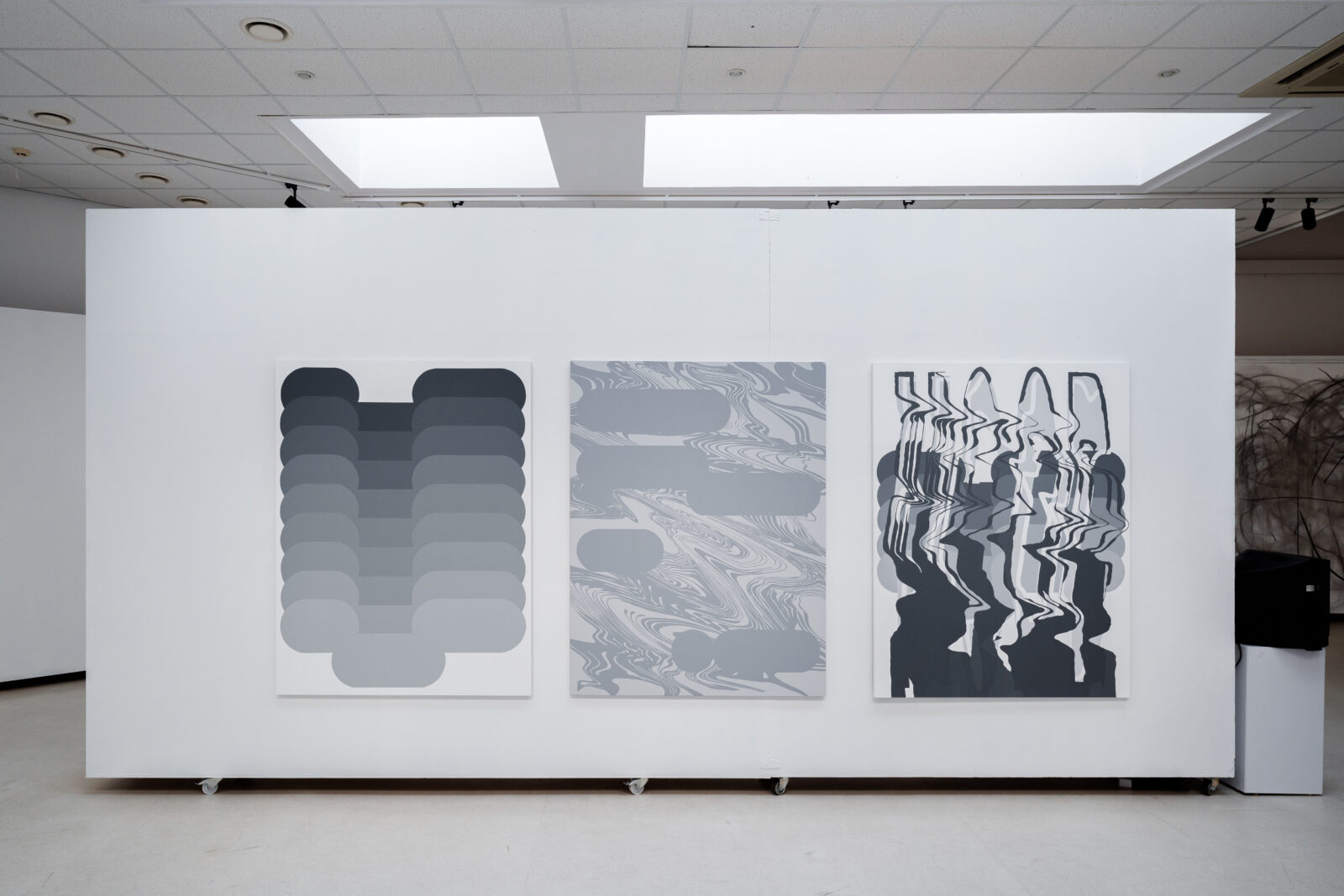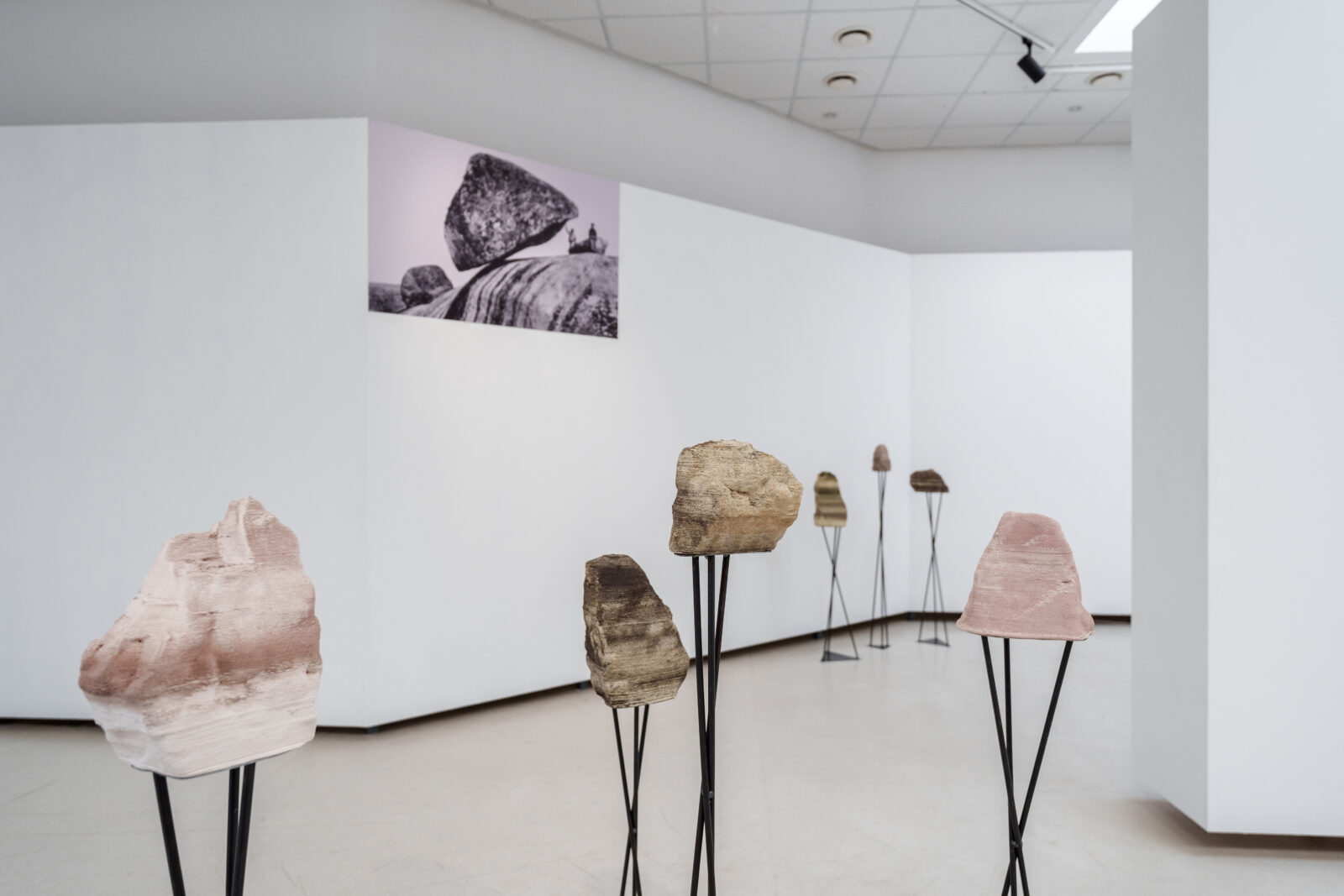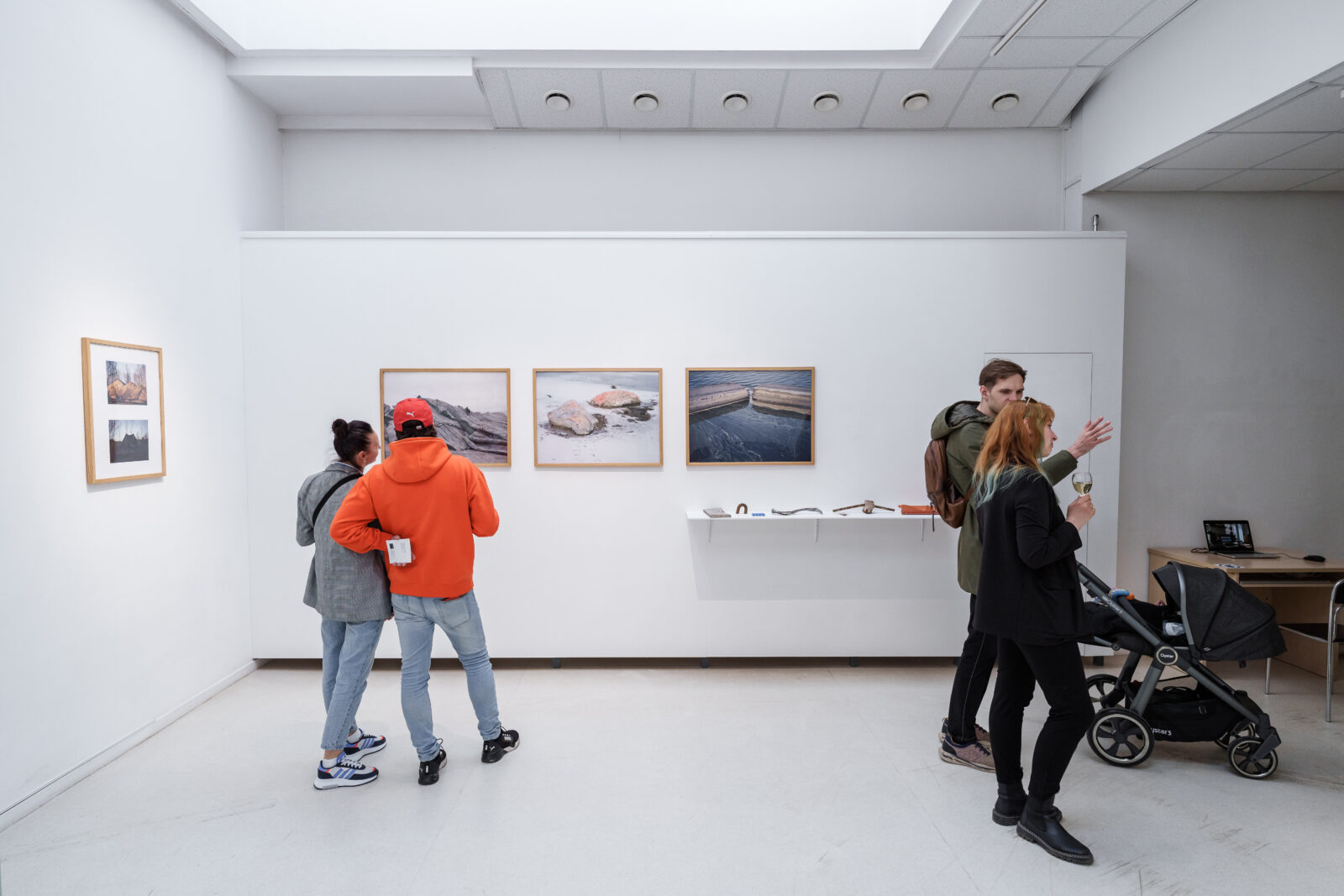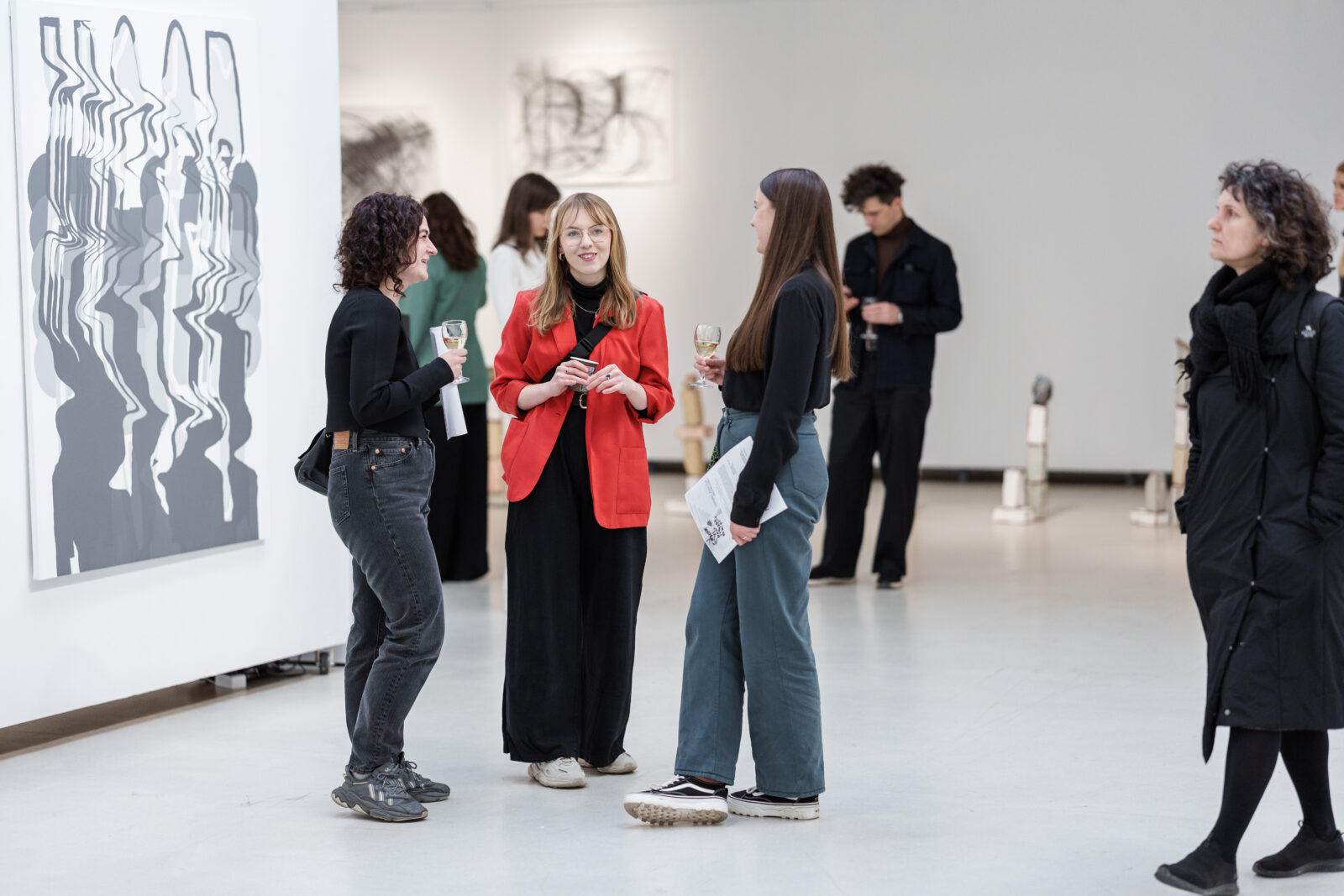I think I’ve been there before
***
I think I’ve been there before to podróżujący projekt, który zrodził się z obserwacji i badań nad stanami doświadczanymi podczas przebywania w miejscach tranzytowych. Pierwsza odsłona wystawy miała miejsce na Litwie w Klaipėda Culture Communication Centre i prosto stamtąd odbywa podróż do Wrocławia, aby się przekształcać i zareagować na kontekst nowej przestrzeni i punktu geograficznego. Punktem wyjścia dla wystawy jest pojęcie liminalności i „nie-miejsc” rozpatrywanych w kategoriach politycznych, architektonicznych i emocjonalnych.
Wystawa poprzez swój otwarty i transformacyjny format, tworzy platformę do refleksji nad publicznymi i wirtualnymi miejscami przejścia, które wydają się nie należeć do nikogo. Wraz ze wzrostem industrializacji i pojawieniem się czasu wolnego jako akceptowalnej formy zabawy oddzielonej od pracy, liminoidalne doświadczenia stają się coraz bardziej powszechne. Zjawisko to dotyczy w dużej mierze osób zajmujących się praktyką artystyczną, biorąc pod uwagę często nomadyczny charakter ich pracy, gdzie trudno jest zdefiniować stałe miejsce zamieszkania. Pojęcie liminalności zaczęło także funkcjonować jako artystyczny mem, który w metawersie tym samym idealnie wpisuje się w bycie w „niczyim” miejscu.
Wystawa stara się obserwować zależności pomiędzy miejscami liminalnymi, a terytorium, domem i emocjonalnymi stanami przejścia, poruszając problematykę diaspory, wysiedleń polityczno-ekonomicznych, kryzysu bezdomności, oraz abstrakcyjnych stanów zawieszenia. Poprzez prace dwudziestu dwóch osób artystycznych wystawa bada warstwy stanów przejściowych w opresyjnym, transformującym się świecie, w którym z niepokojem próbujemy odnaleźć swoje miejsce.
Część performatywna wystawy reaguje na niepokoje związane z niepewnością spowodowaną doświadczeniami liminoidalnymi, obserwując reakcje, mierząc przestrzeń, analizując emocje, pytając gdzie jest dom.
Wkrótce więcej informacji na temat programu wydarzeń.
Organizatorki: Krupa Art Foundation and Klaipėda Culture Communication Center (KCCC)
Projekt jest wspierany przez: European Union and Goethe Institut, Flemish Government, Krupa Gallery
Niniejsza praca powstała przy wsparciu finansowym Unii Europejskiej.




